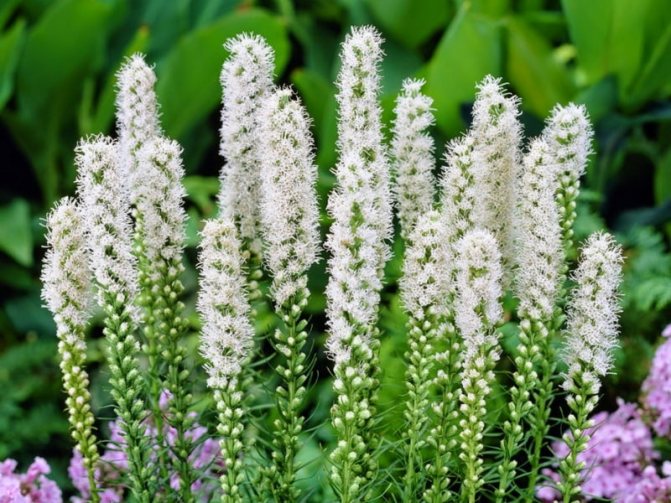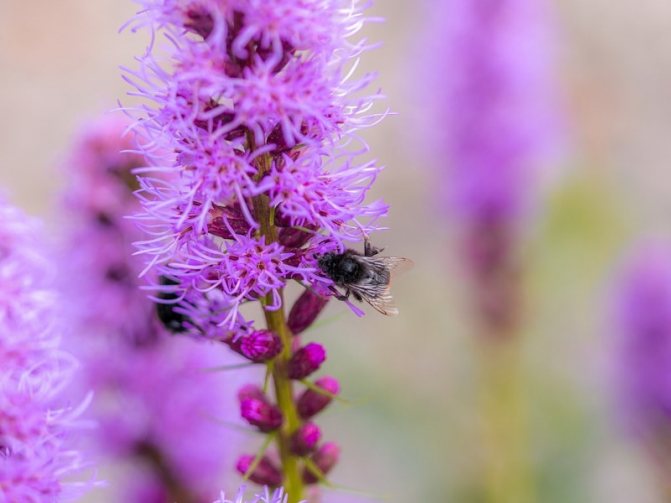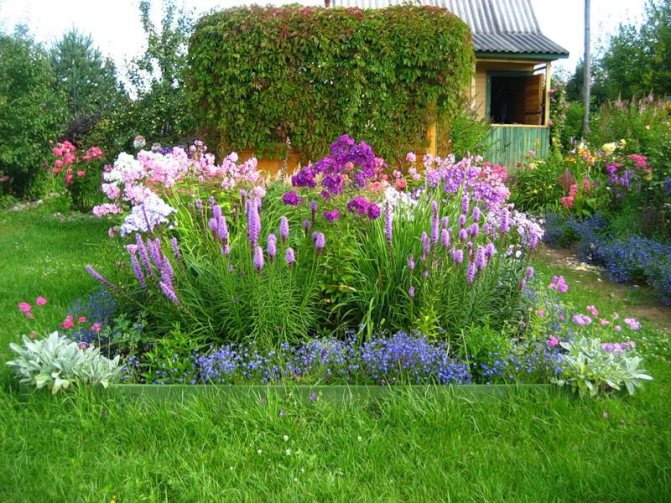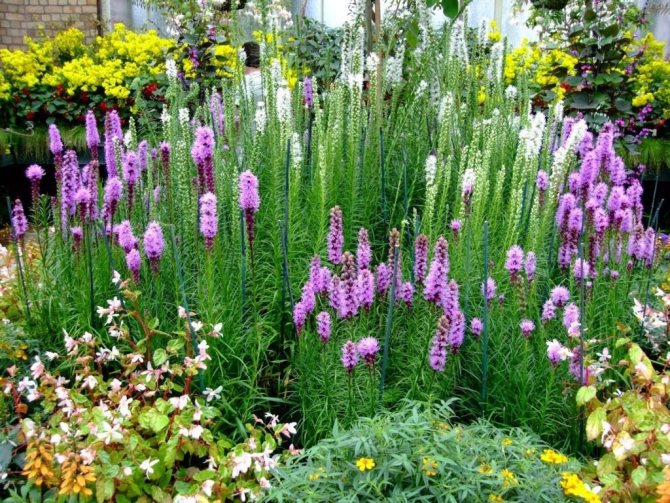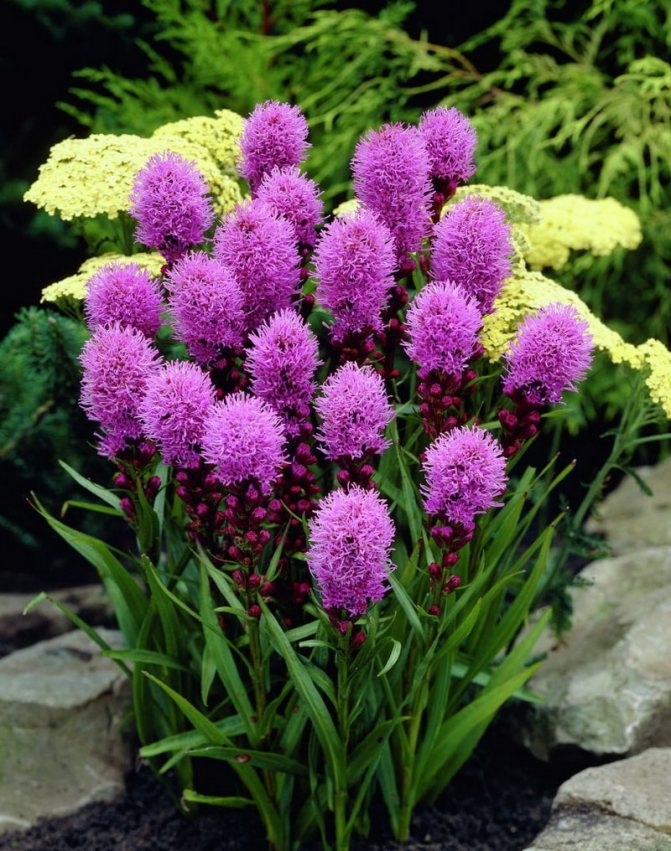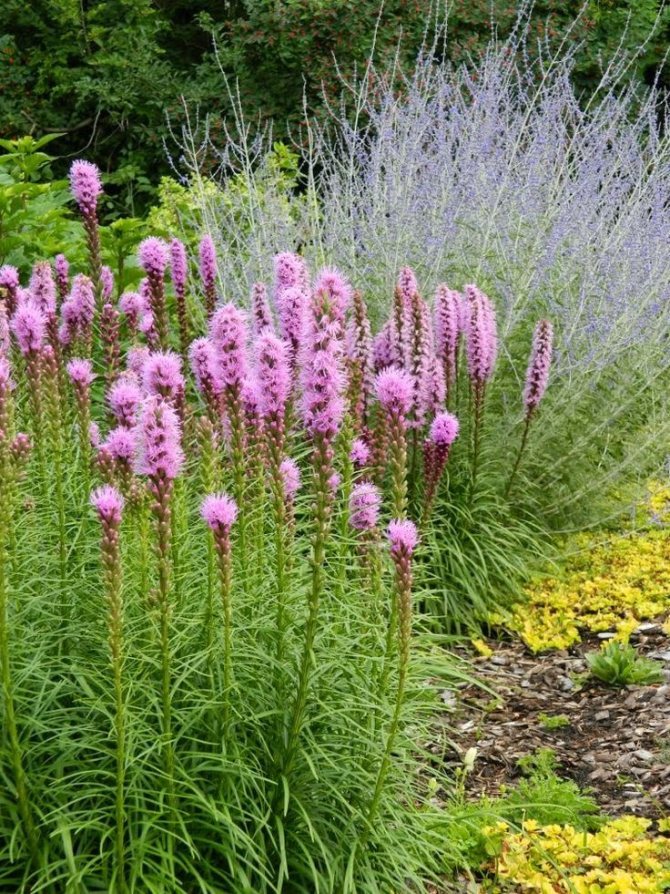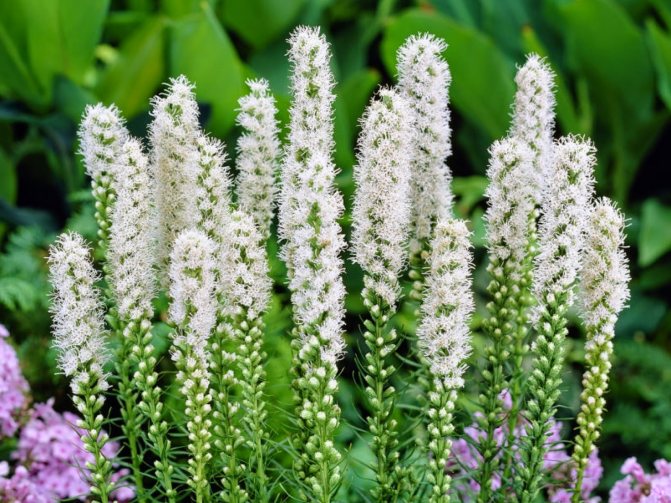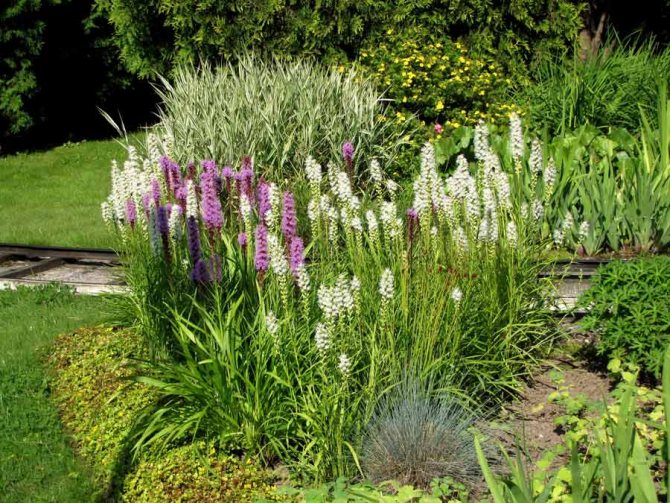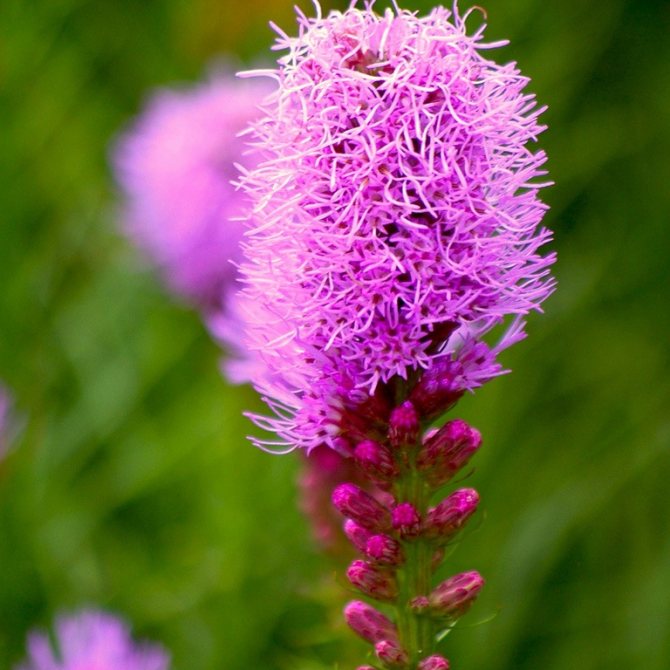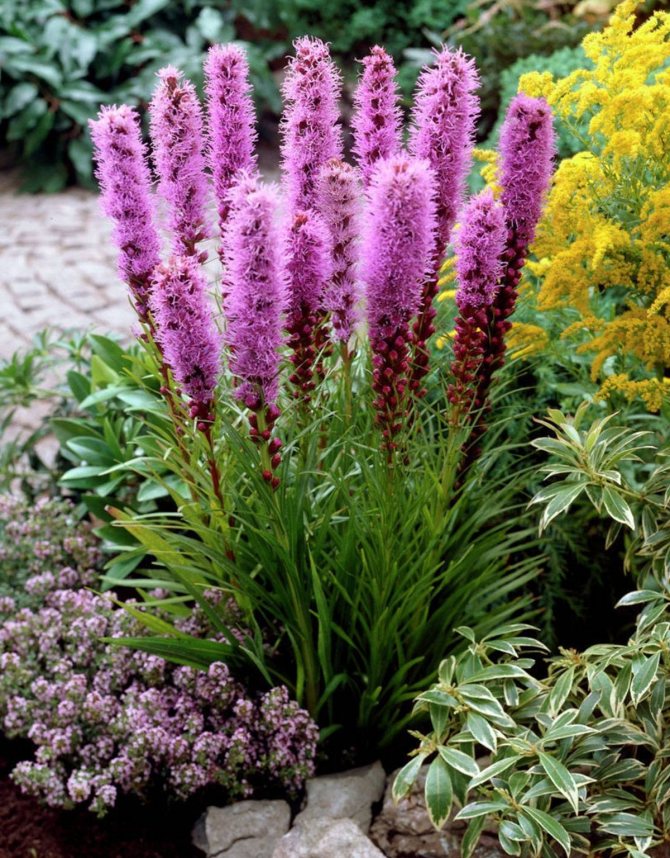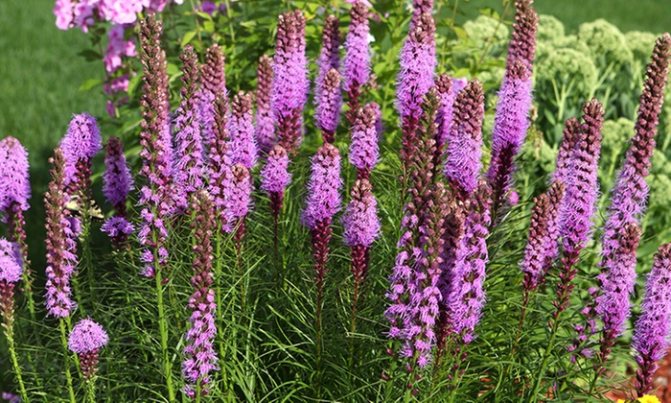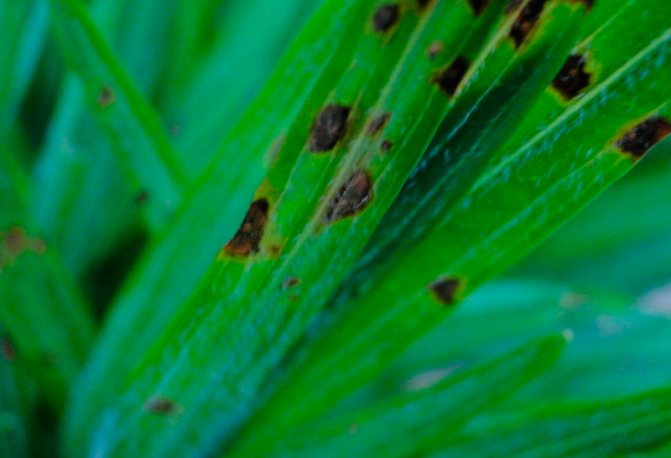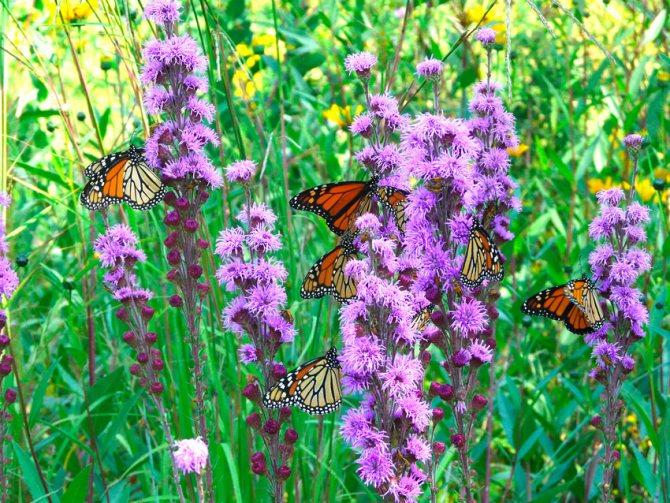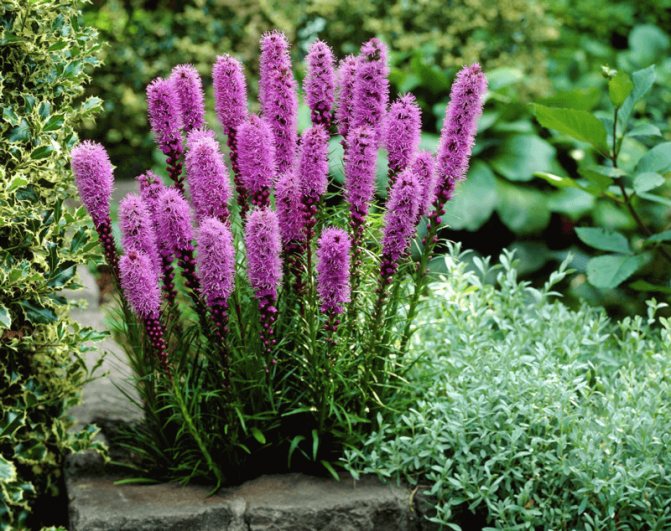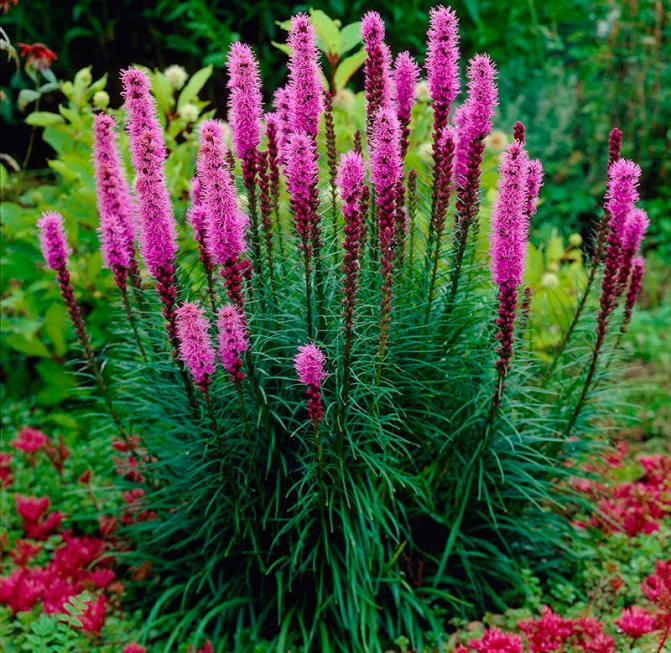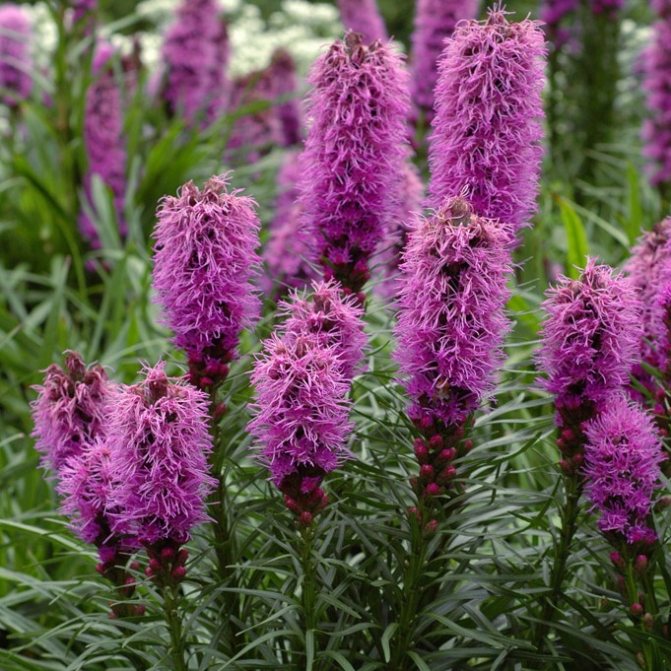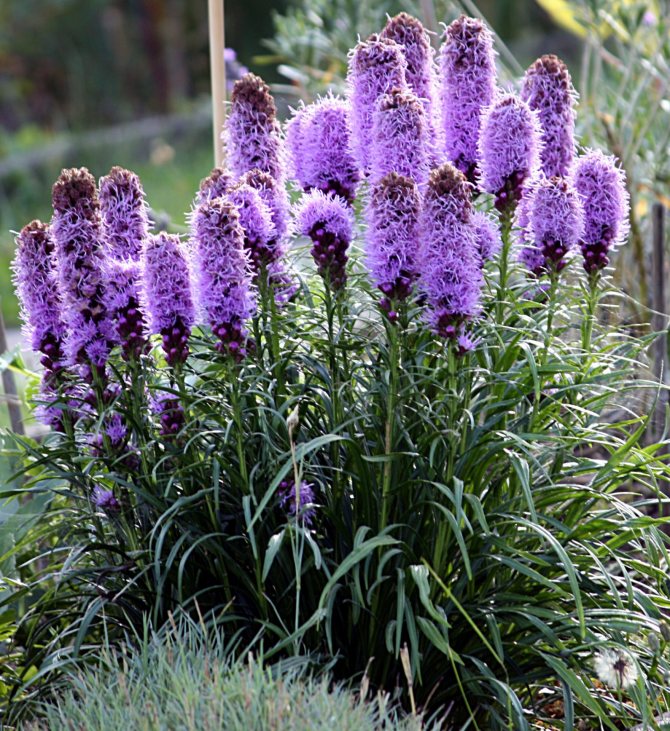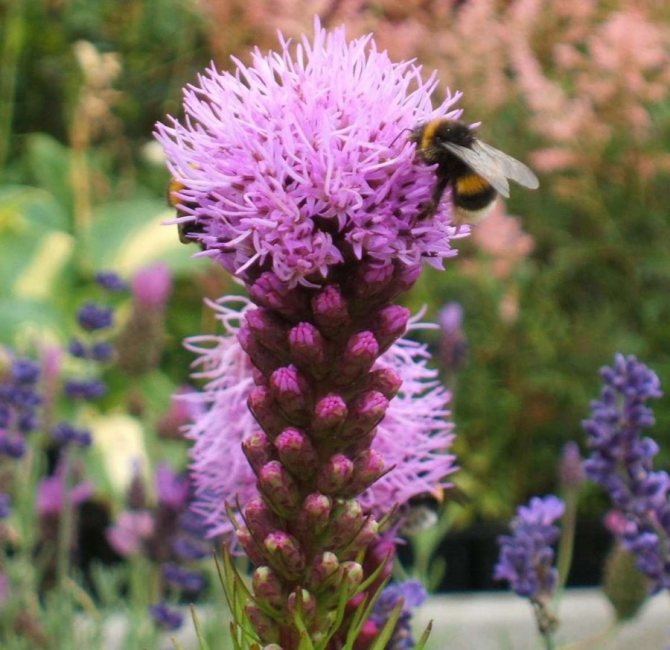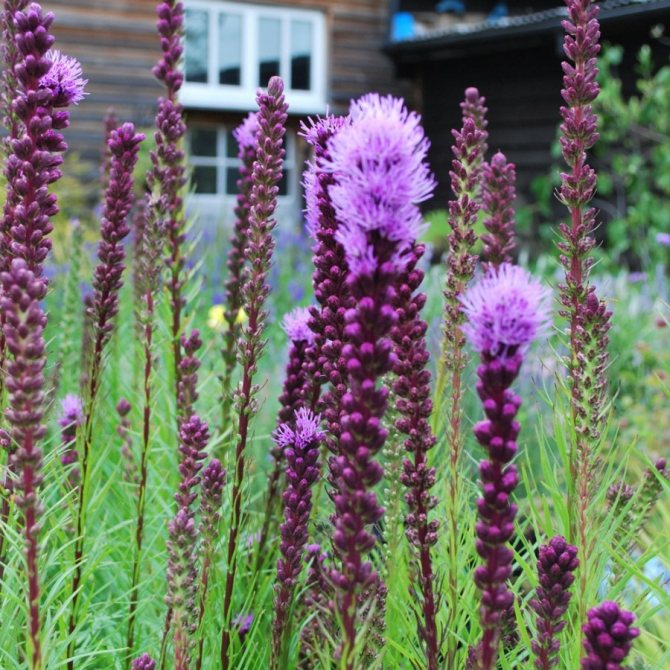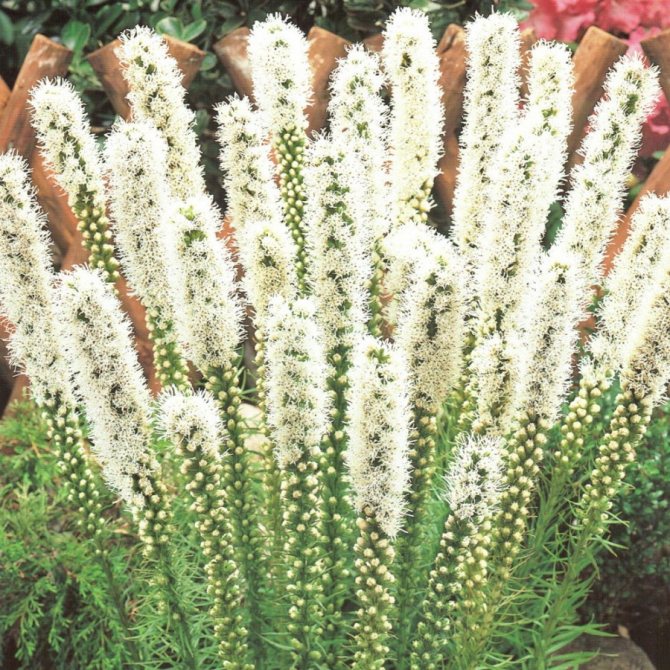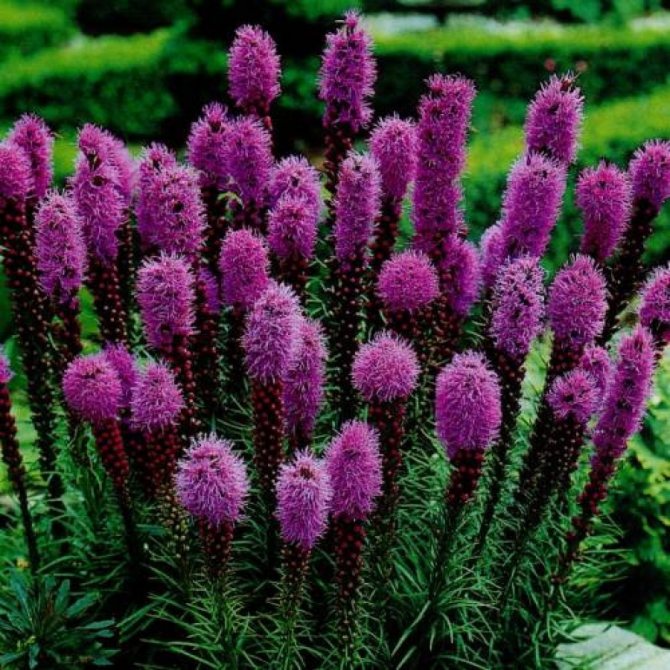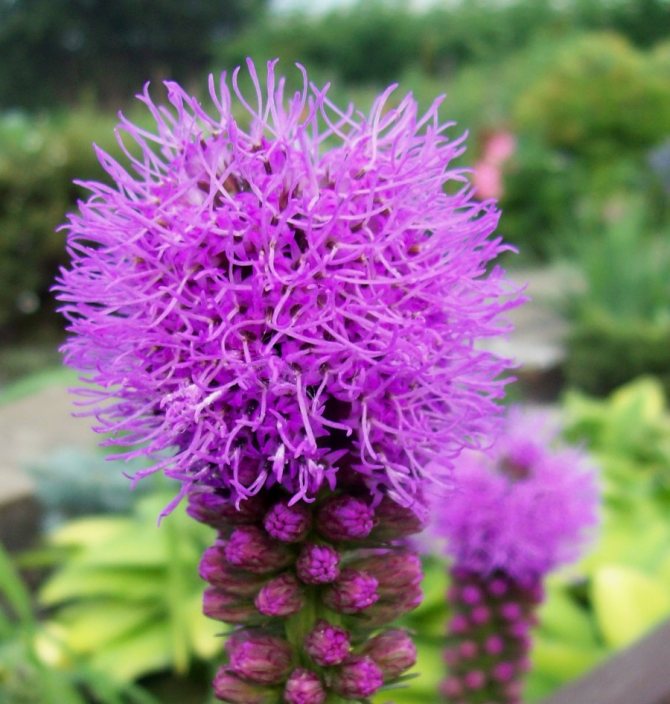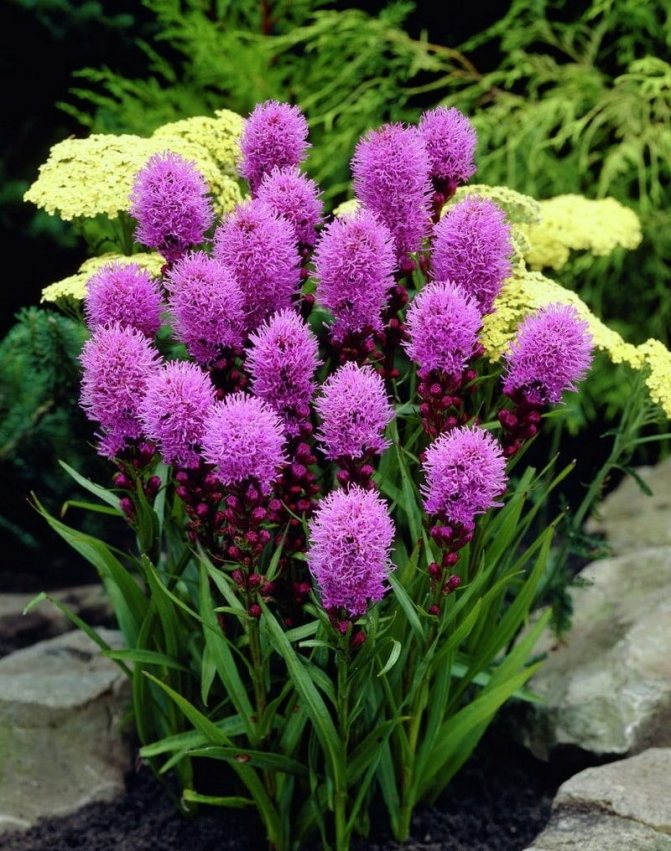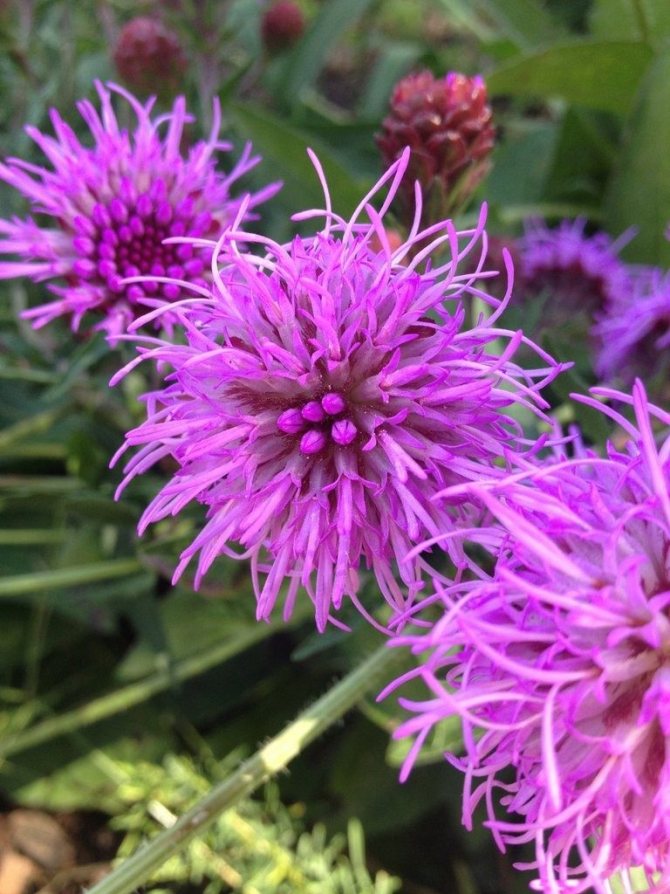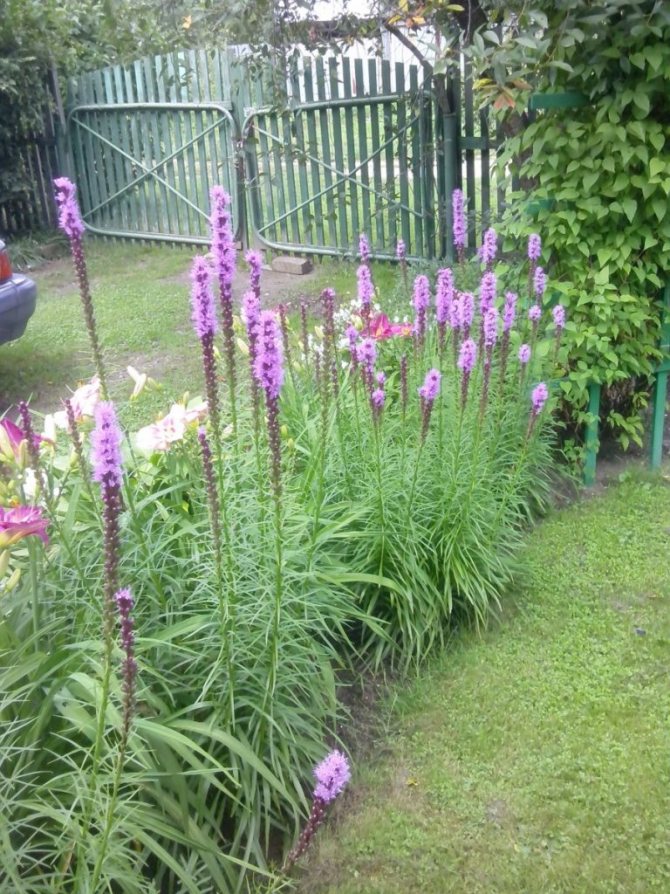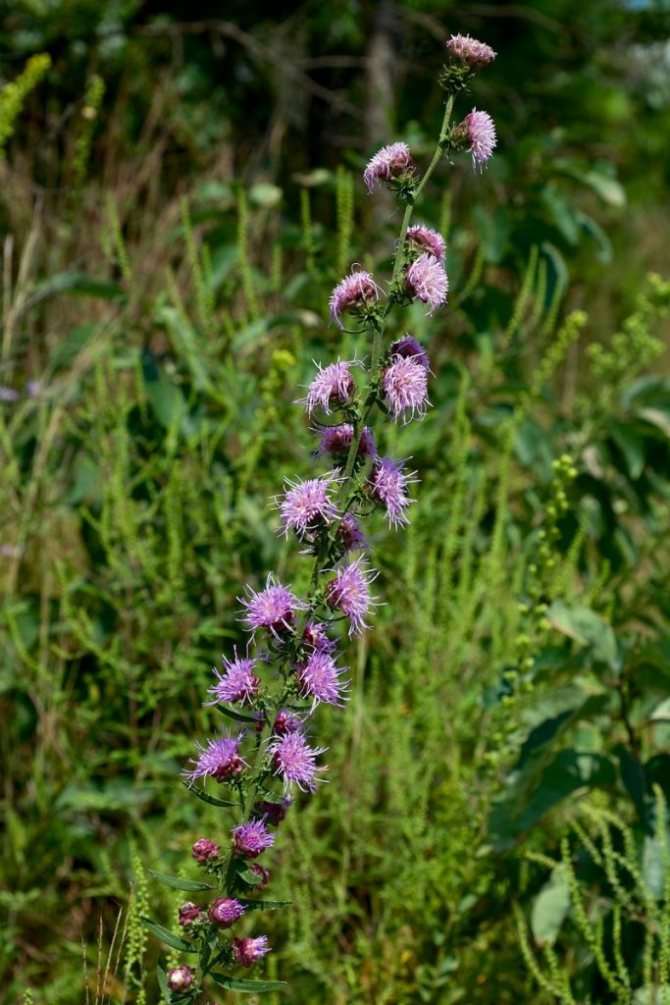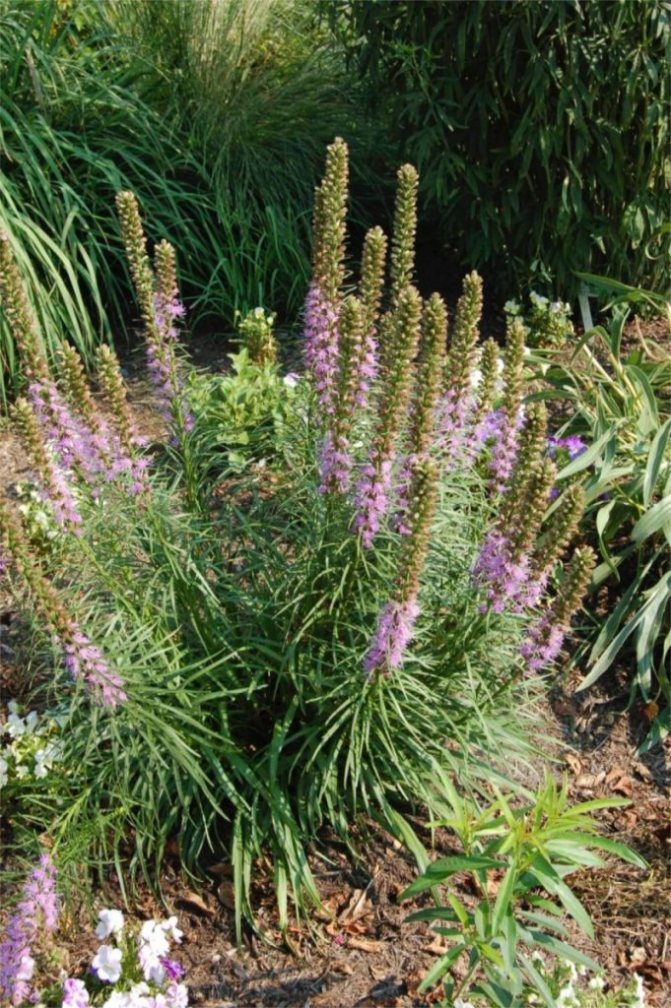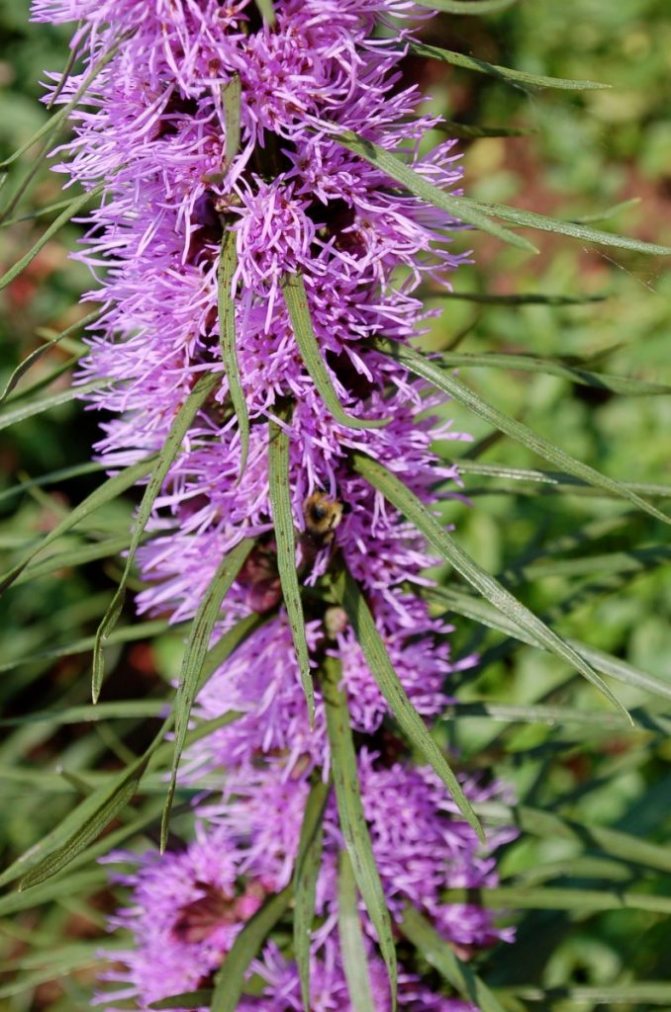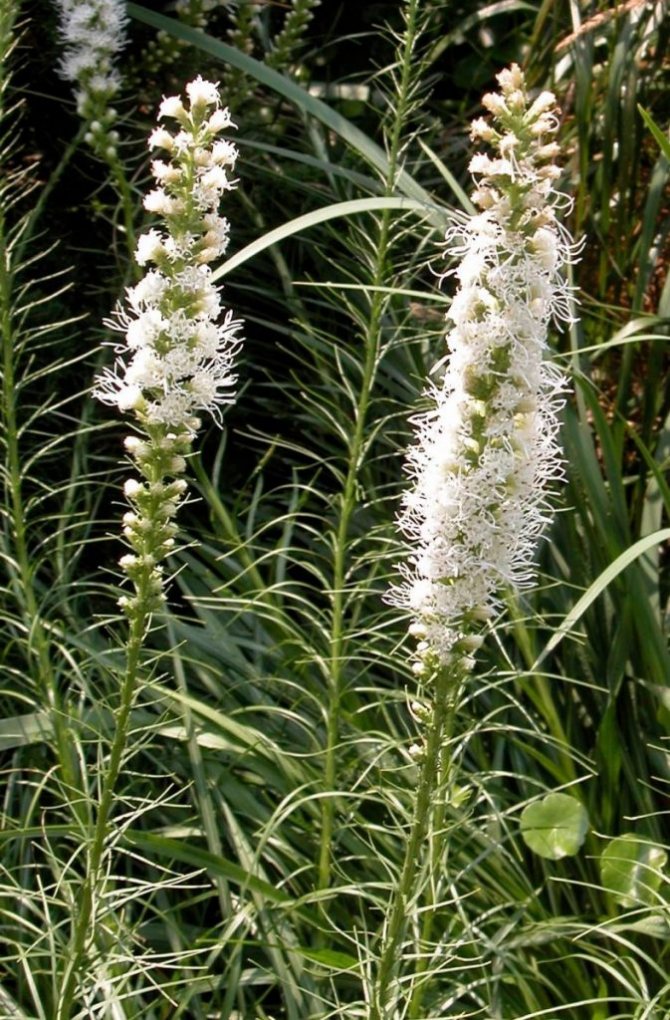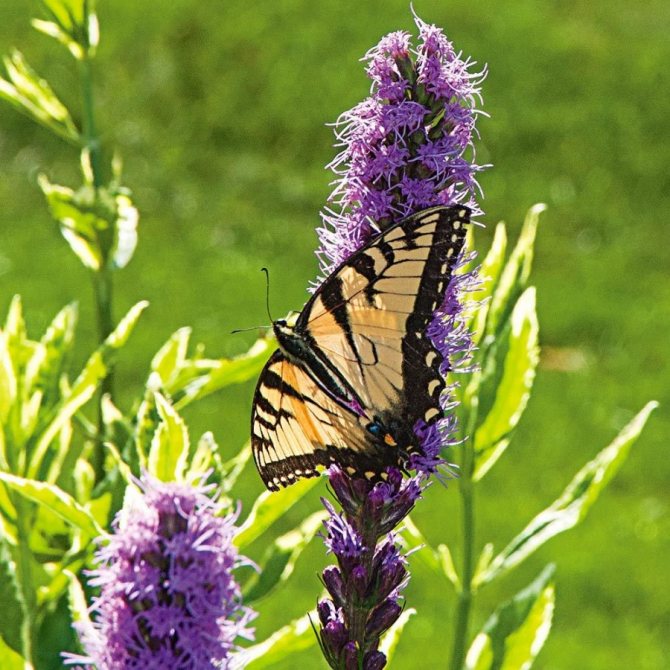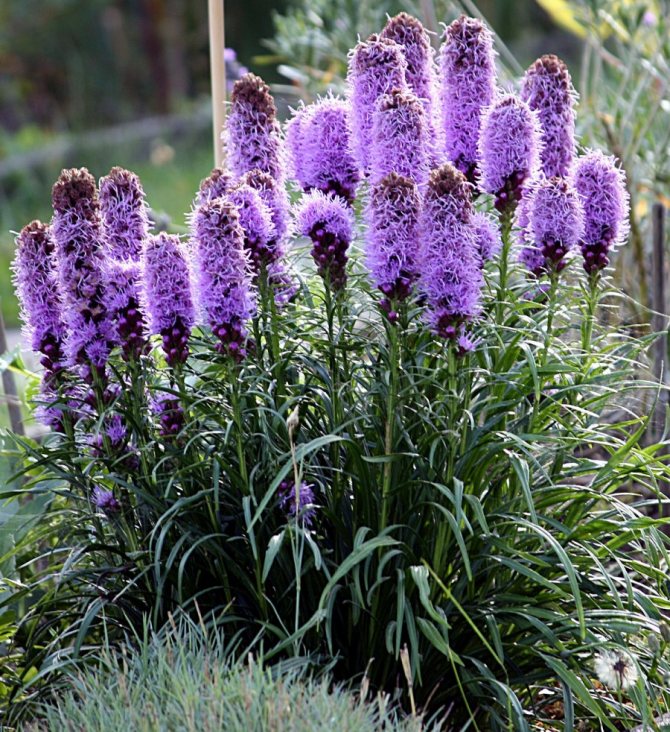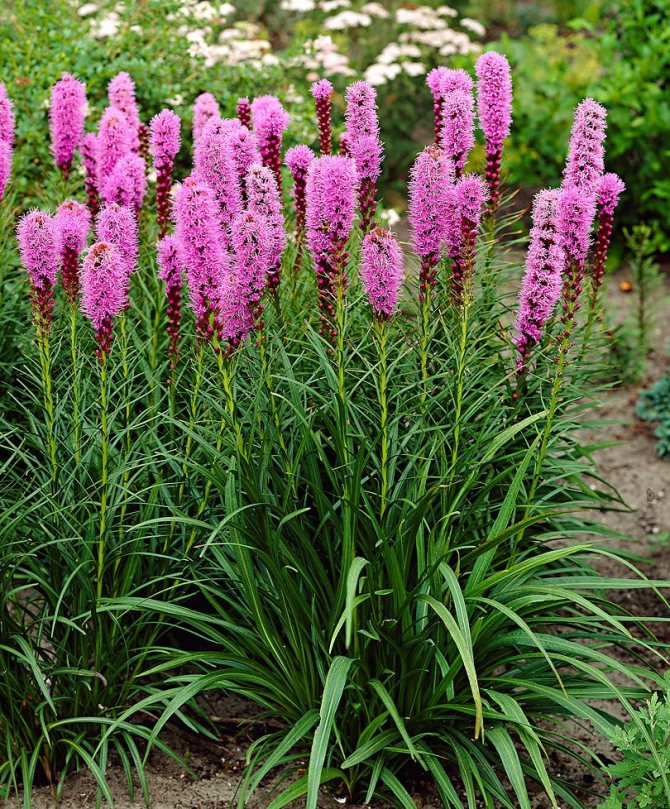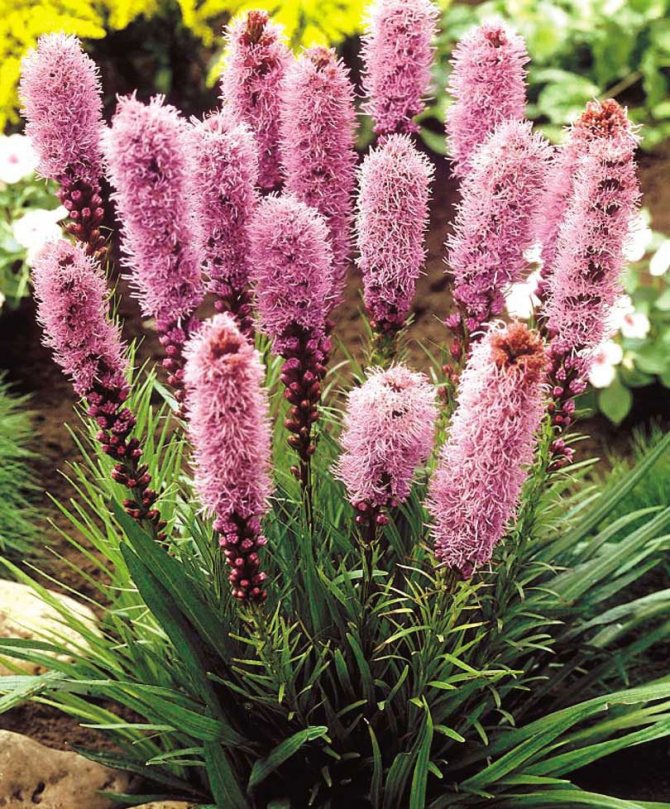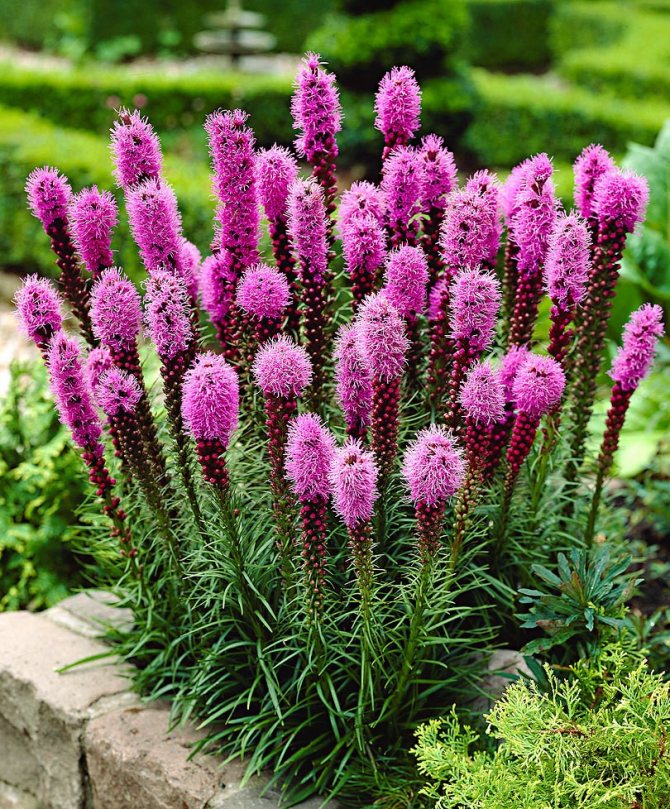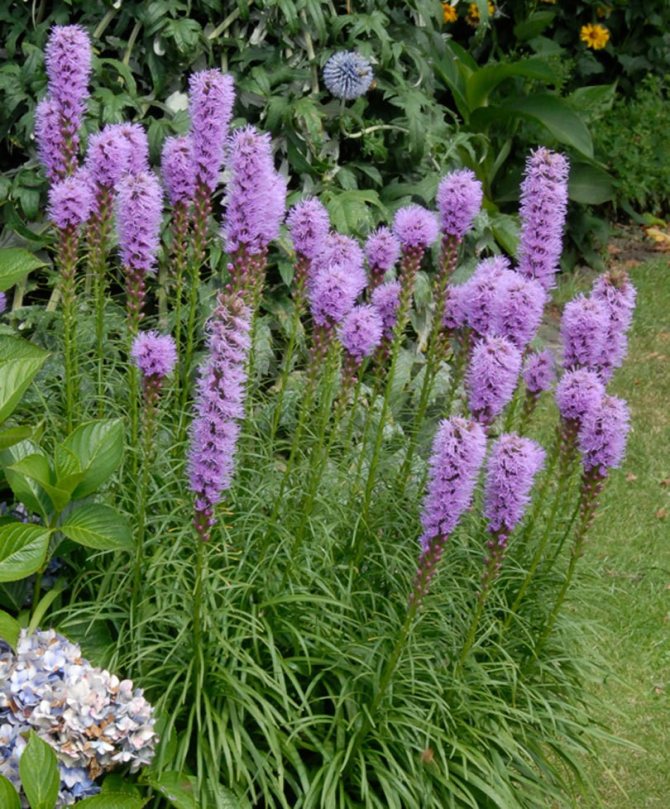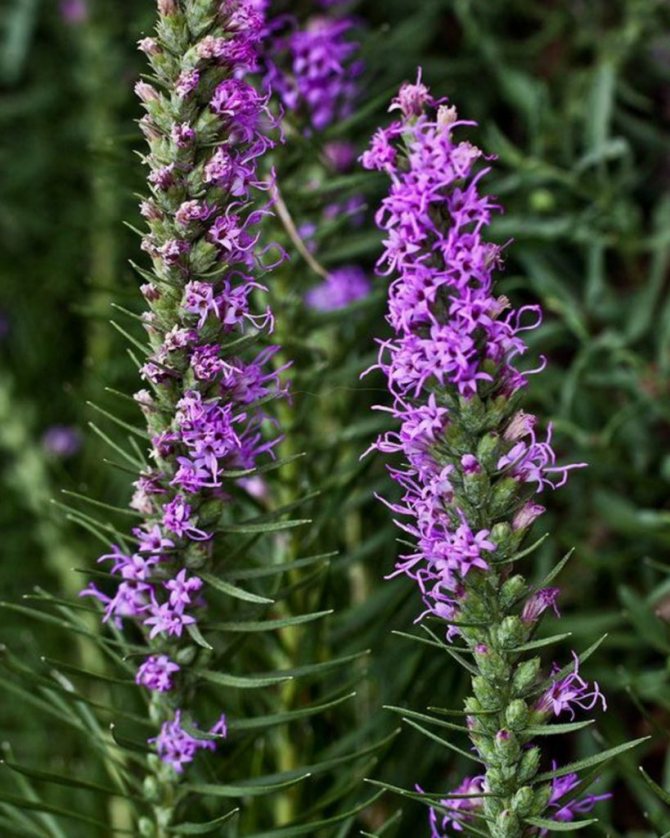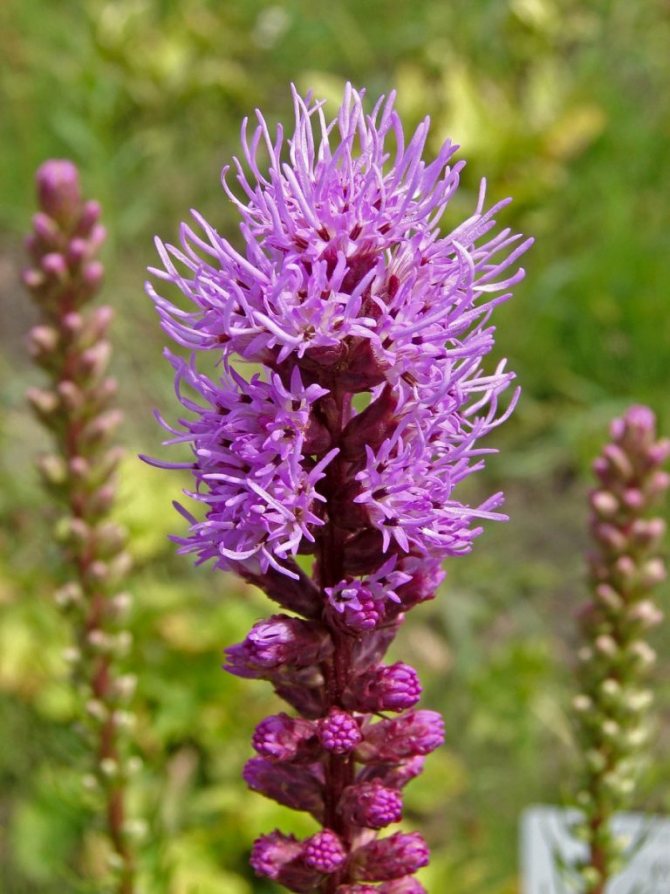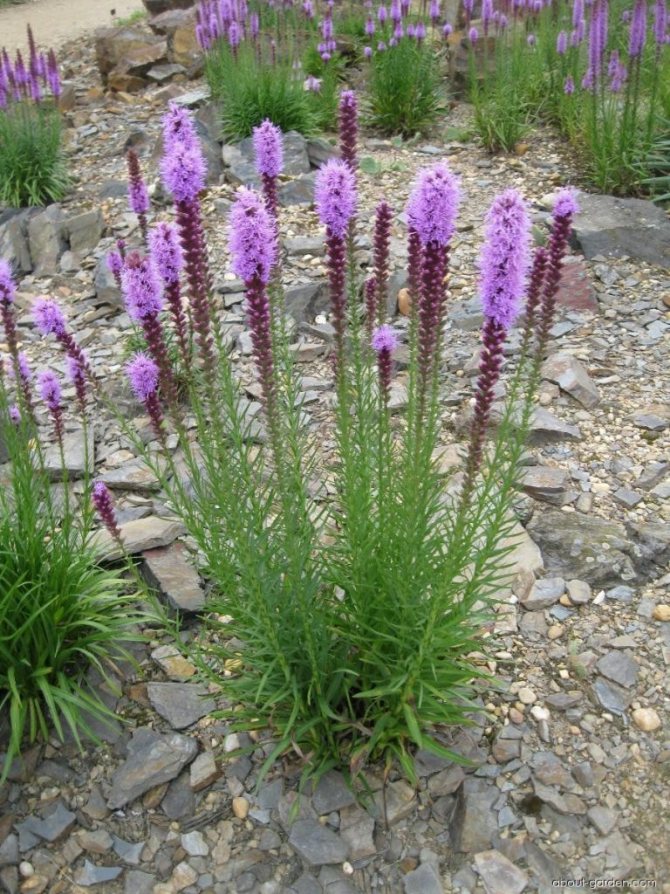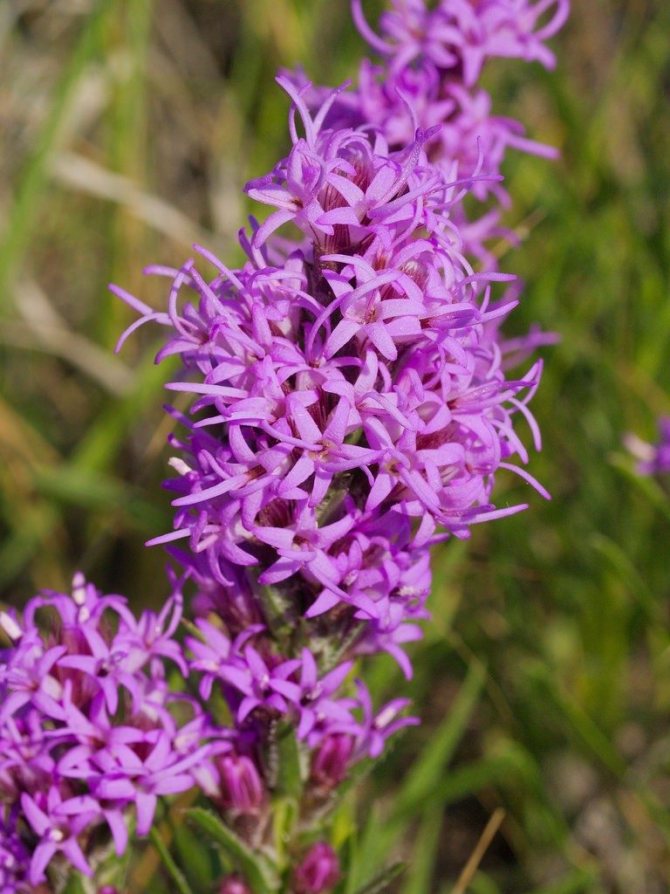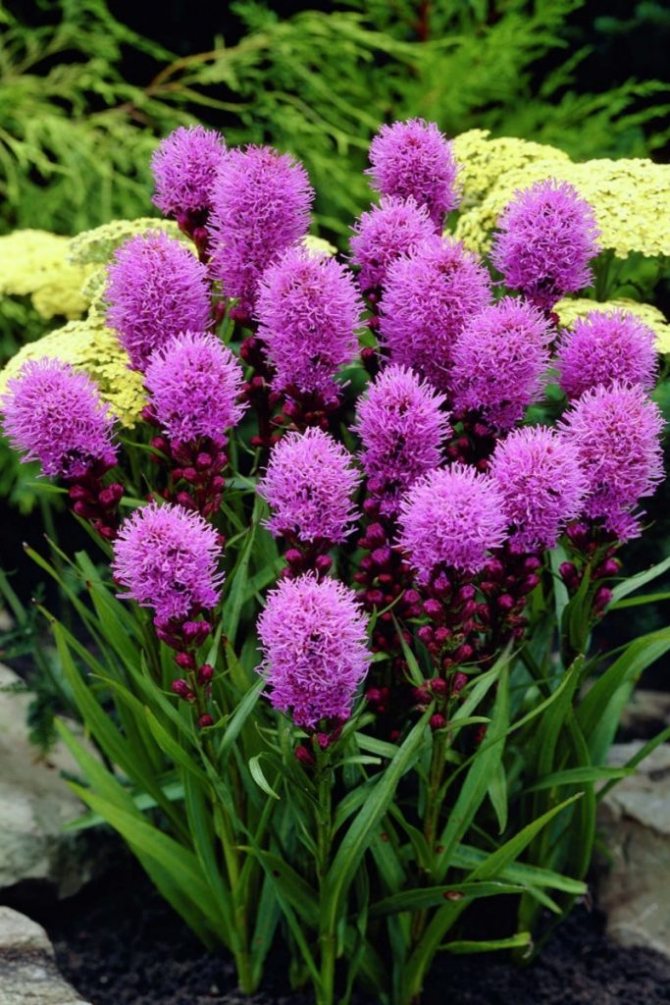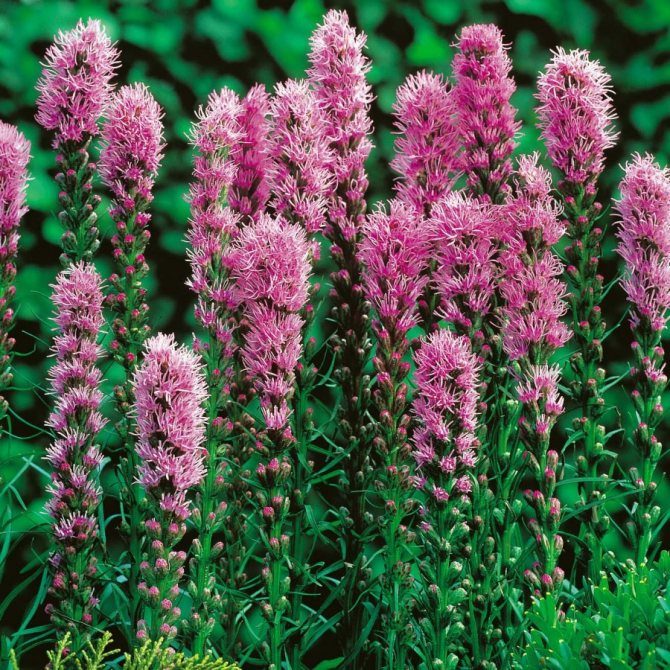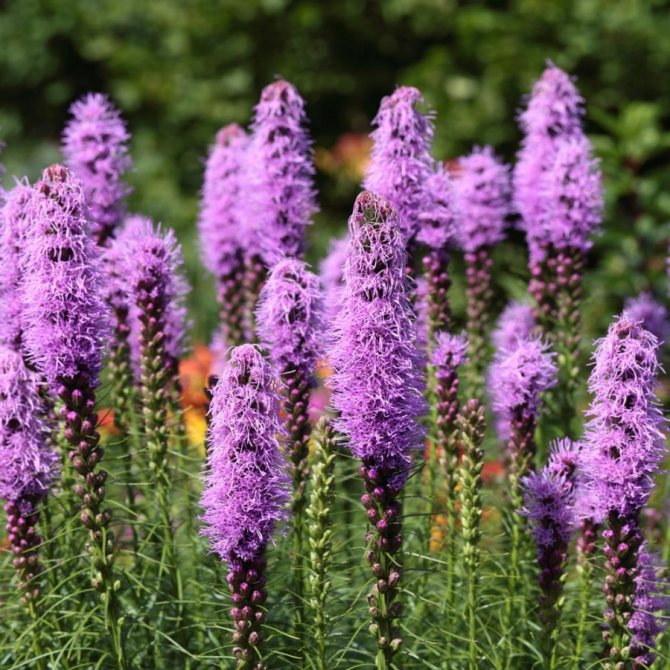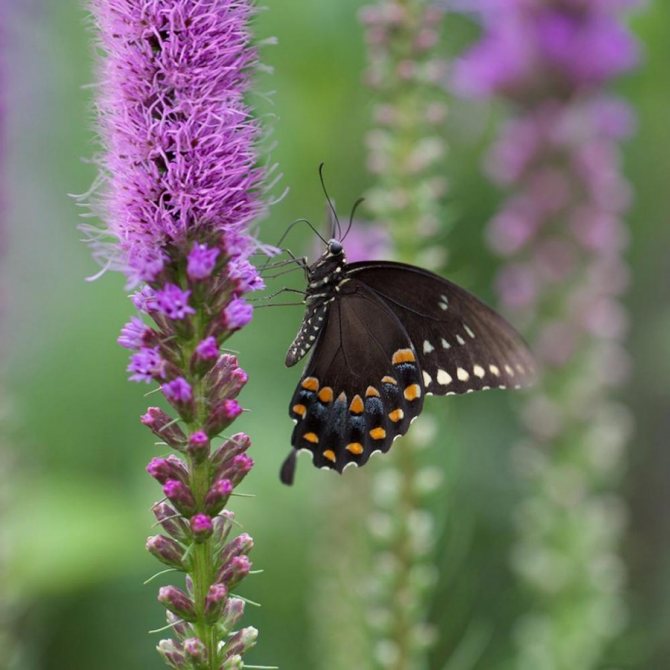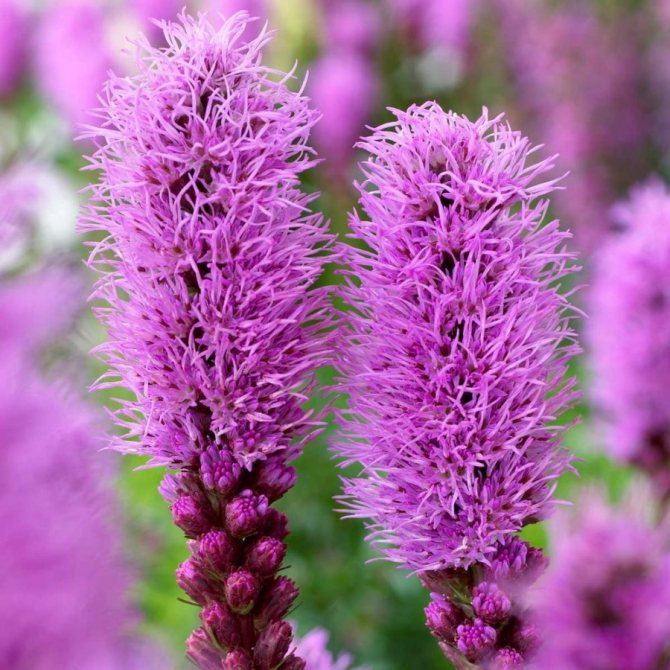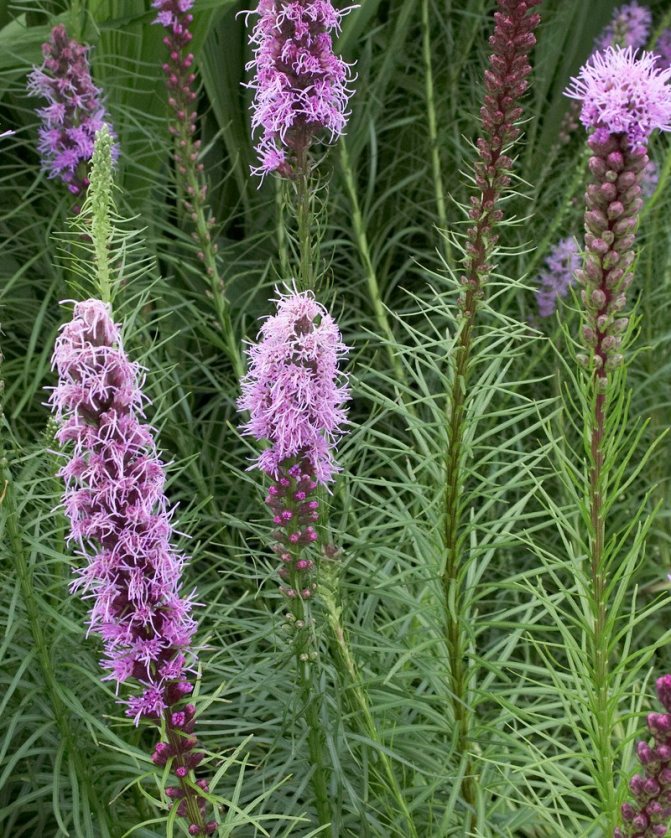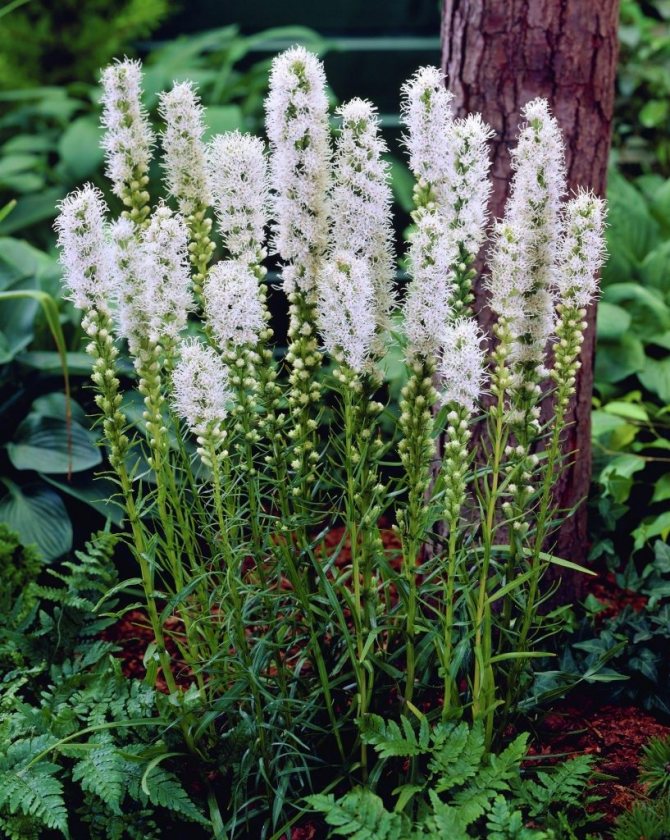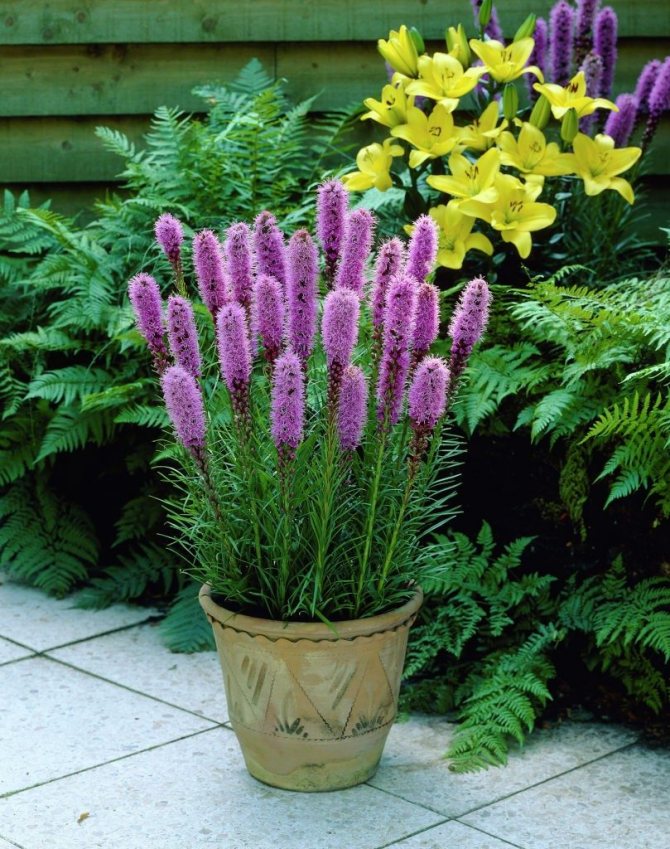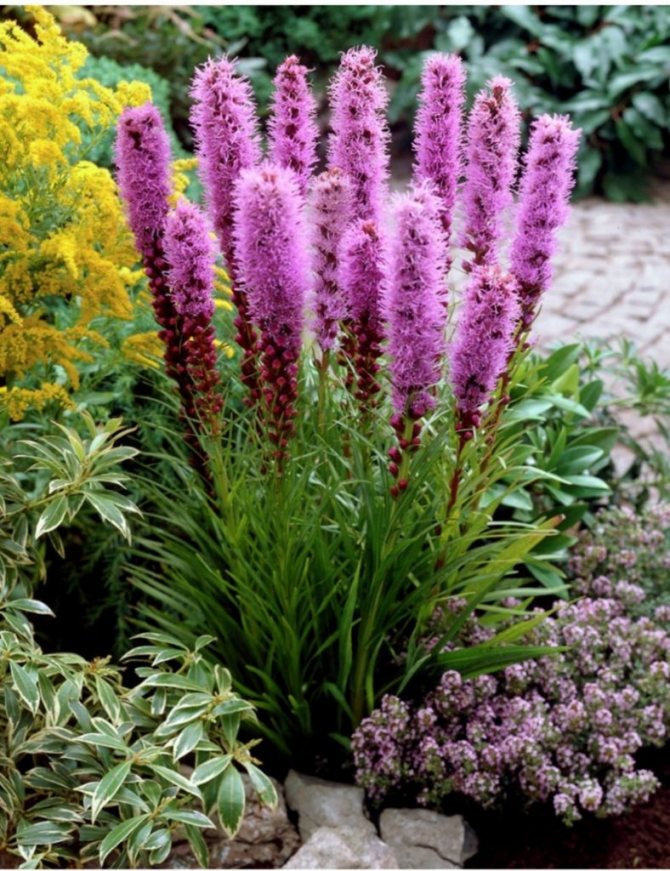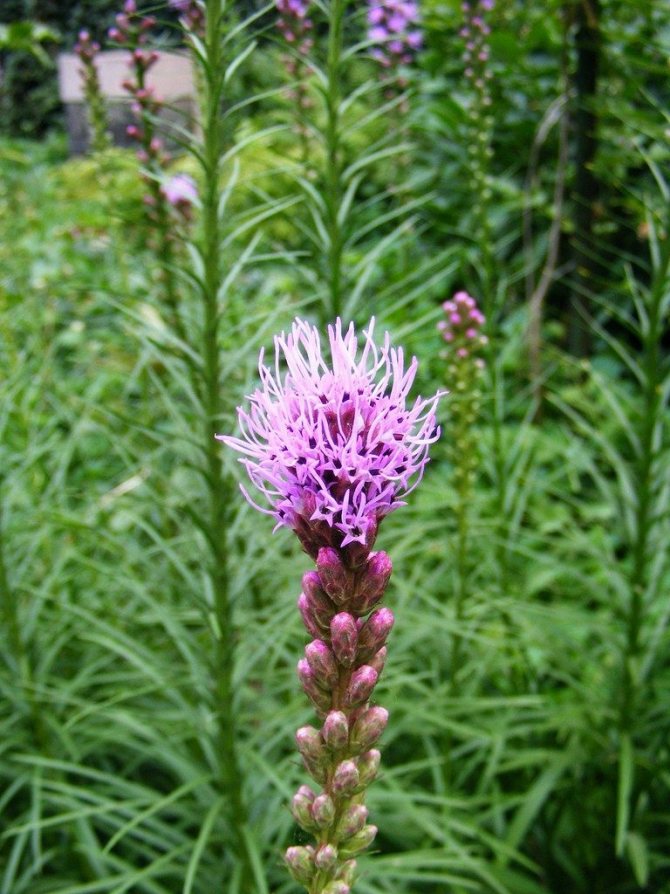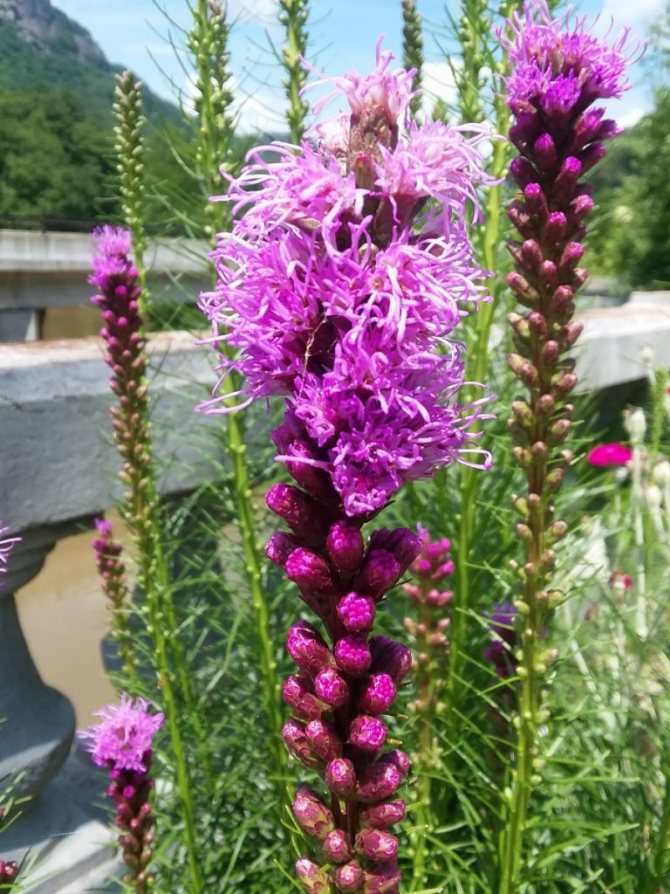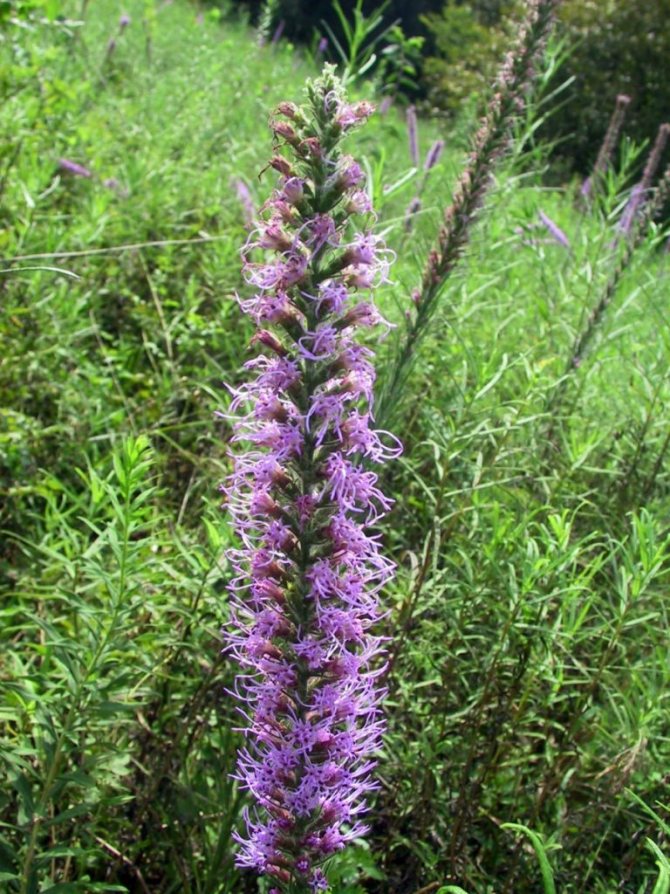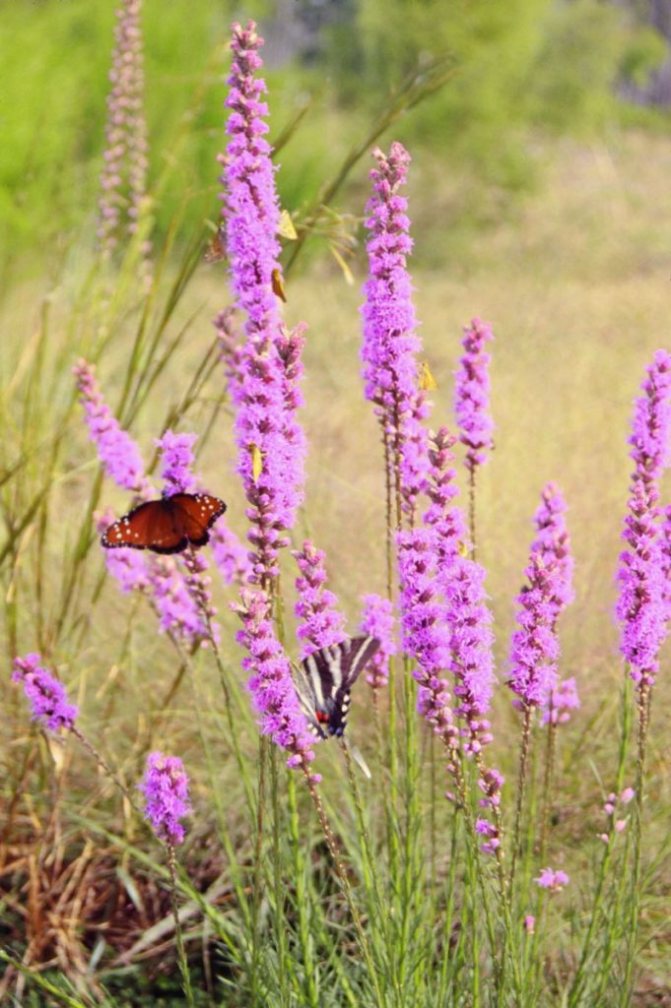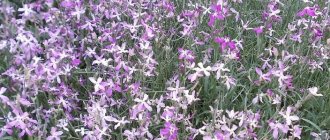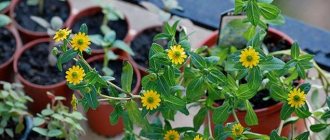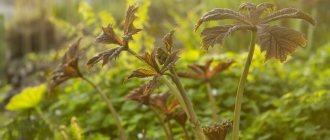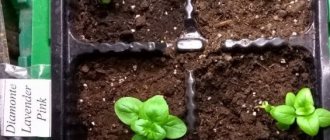Such a perennial flowering herb like Liatris is directly related to the Asteraceae or Asteraceae family. In natural conditions, it can be found in North America, Mexico and the Bahamas. There are approximately 20 natural species of liatris. The name of such a flower consists of two Greek words that translate as "smooth" and "doctor". In Russia, such a flower is sometimes called "merry feathers" or "deer tongue". Gardeners fell in love with this plant not only because of the very spectacular inflorescences-candles, but also because of the pleasant aroma, which combined the smell of fresh hay and vanilla. Such a scent is very pleasant to a person, but the moth on the contrary cannot stand it. Put one not very large twig of this plant in your closet, and the moth will never crawl into it again.
What is the Liatris flower
Outwardly, liatris is somewhat reminiscent of thyme or lavender: it has the same erect stem with thin leaves, and the inflorescences look like small panicles. At the first glance at liatris, it looks like a candle, and due to the variety of varieties and hybrids, the shade of the inflorescences can be not only lilac, but also white, pink, red or even purple (Figure 1).

Figure 1. Species diversity of Liatris
The leaves of the culture contain a lot of coumarin. It is a natural flavoring that gives Liatrix a distinct vanilla aroma with light notes of freshly cut hay. It is because of this smell that dried plants are often placed in wardrobes to fight moths.
Description
Liatris belongs to perennial plants. It has a thin, straight stem, densely covered with pointed leaves. The roots of the plant are in the form of small bulbs, and lie close to the surface, with each root connected to other small thin roots.
Note: Most varieties of crops are not too tall, but with proper soil selection and optimal care, the height of an adult plant can reach two meters.
The flowering period begins in summer, with the first inflorescences appearing not in the lower, but in the upper part of the plant. At the end of flowering, oblong ribbed achenes, covered with pile, are formed in place of the buds. Fresh flowers can be used to create bouquets, and dried flowers can be used for winter flower arrangements. In addition, the culture is great for decorating a garden: it can be planted both as an independent plant and in combination with other flowering crops.
Description
Liatris - decorative perennial from the family of Asteraceae or Asteraceae... It has a straight or branched stem with many thin pointed leaves, ending in a bright inflorescence, resembling a candle in shape. Spike-shaped inflorescences reach 50 cm in length and, blooming from top to bottom, resemble a shaggy colorful panicle. The superficial tuberous root system winters well and resembles in shape intertwined onions. Liatris blooms from mid-June to late August, more abundantly in the second and subsequent years after planting.
The plant is very aromatic due to its natural flavor - toumarin... The charming scent of vanilla, mixed with subtle notes of fresh hay, gives it a special charm. The fragrance is preserved for a long time in a cut form, which allows the flower to be used in perfumery for making perfumes based on essential oils from them. Looks great in a bouquet, especially a wedding one. It is used as a tonic in cosmetology and medicine. After drying, they are laid out in a moth-repellent cabinet. Liatrice is most often called by the people: "a sparkling star", "a merry feather" or "a deer's tongue".
Liatris has taken root well and grows in any region of Russia and other countries with a similar climate, thanks to its homeland - North America.
Liatris varieties
Despite the wide variety of Liatris varieties, only three types are most often used in gardening and landscape design: spikelet, scarious and rough (Figure 2). Let's consider each of them in more detail:
- Spikelet liatris differs in low stems (no more than 50 cm), densely covered with pointed leaves. The inflorescences are collected in small baskets, and their length reaches 35 cm. The flowering period begins in late June or early July and lasts for one and a half months. The group of spikelet species includes varieties Floristan Weiss, Floristan Fiolet and Kobold.
- Rough the species is rarely grown, although it is highly decorative, thanks to small buds collected in long fluffy inflorescences. In most cases, varieties of a rough look are distinguished by a pink-lavender shade of inflorescences, but there are also hybrids with white buds.
- Membranous liatris differs from other species in wider leaves: they can reach a thickness of 3 cm. Moreover, the inflorescences of most varieties of this group have a dark pink-lilac shade, although there are several varieties with buds of a different color. For example, Alba has white flowers, while September Glory has bright pink.


Figure 2. The main types of culture: 1 - spikelet, 2 - rough, 3 - membranous
Several varieties can be grown on one site. This will help create an unusual floral arrangement and fill the space that other decorative crops cannot grow.
Spikelet Liatris "Kobold" - dwarf variety
The dwarf species of spikelet liatris, 50 centimeters in height, is content with a sunny place or partial shade.
The bush, although less compact, is no less colorful - it has bright pink-purple flowers in the form of feathers on neat stems for your summer garden.
The bush blooms very profusely and remains attractive for a very long time even after mid-summer with fresh foliage that remains as colorful and neat even after falling off.
especially in tubs or mixed containers. Tolerates drought. The division of Liatris "Kobold" is carried out once every three to four years.


Natalia
Hello everyone, my name is Natasha! I love plants and decor. I make florariums, collect a collection of plants, maintain a pharmacy "vegetable garden", and also maintain a blog lovgarden for everyone who is passionate about the theme of the garden, vegetable garden and plants as much as I am.
The use of Liatrix in garden decoration
Liatris is often used in garden landscaping. Such popularity is explained not only by long flowering, but also by the unpretentiousness of the culture. Thus, the plant can be used for planting in areas with stony infertile soil, where other flowering crops cannot be grown (Figure 3).


Figure 3. Using the plant to decorate the garden
In addition, liatris is often used to create flower arrangements. It goes well with phlox, verbena and gypsophila.
Application in landscape design
Properly selected plants will help to exquisitely decorate the landscape design.Original in this regard are the lyatrixes, who, with their slenderness and the lights of colorful inflorescences, add exoticism to a flower garden or an alpine hill. Low-growing species are great as their feet, and tall ones are great for completing the composition in the back rows.
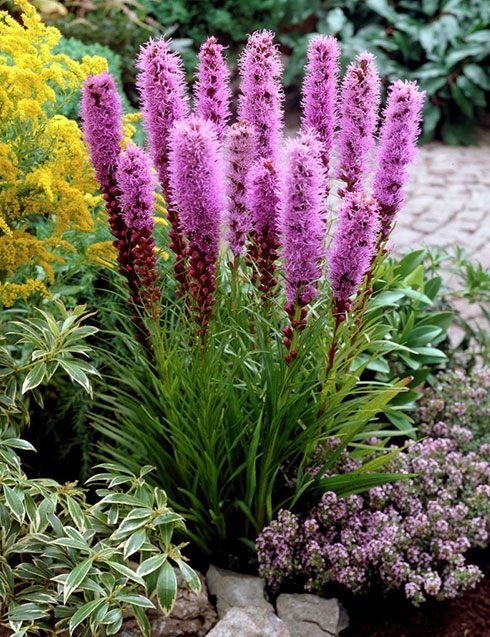

The horsetail leaves of Liatris remain juicy and attractive throughout the summer. In the autumn, the foliage falls and covers the flower garden with a bronze carpet, giving a kind of decoration to the site.
The bright flowers of the lyatrice are adorable. They fit harmoniously into the landscape of any corner of the garden or flower garden. Liatris Spicata Blue goes well with white, purple lilac, pink and purple flowers. With abundant flowering, it creates a hedge of bright inflorescences.
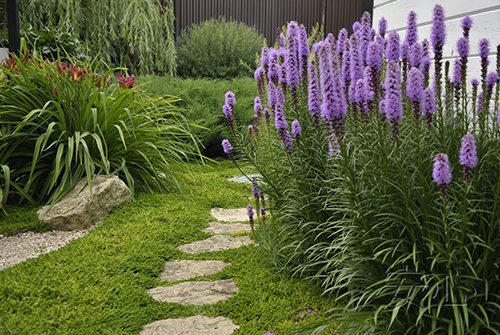

Liatris Spikata grows unusually amicably with field representatives, including daisies, poppies, cornflowers.
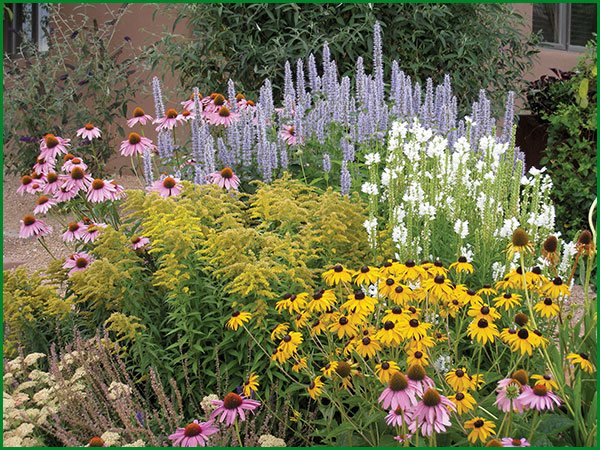

Bright inflorescences of "Picador" will create a contrast against the background of snow-white bells and delphinium. Equally well combined with non-flowering undersized shrubs of phlox.
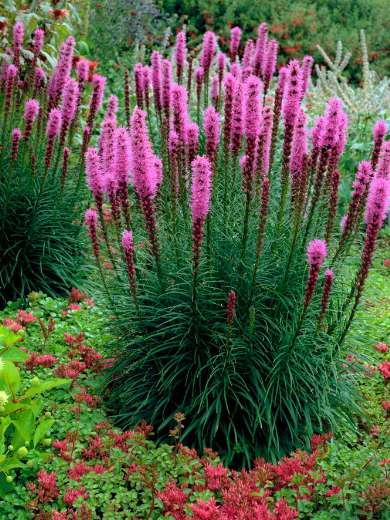

Among the strong boulders of rockeries, the lowest representatives of the Liatrice varieties look very harmoniously. These include "Kobold". It grows no higher than 40 cm and, being the owner of bright lilac and purple shades of inflorescences, looks spectacular.
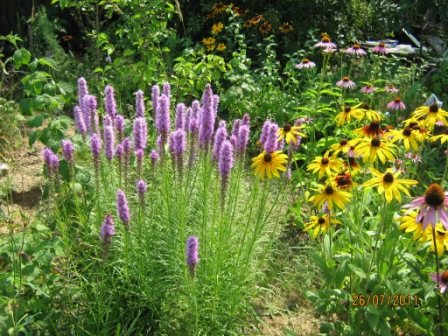

In a mixed type of flower beds, white liatris will look very beneficial together with Echinacea Purpurea... Also, snow-white or purple shades of spikat inflorescences will create spectacularly expressive compositions with a double wine-red daylily or bright yellow evening primrose.
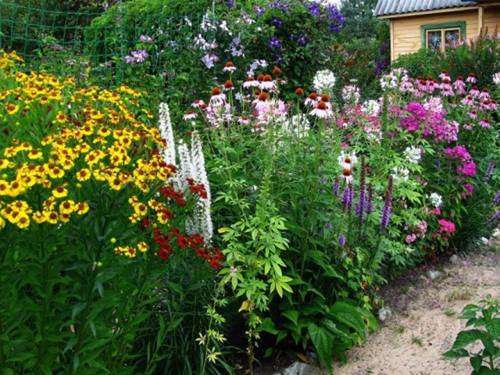

Another option for decorating a flower arrangement will be a single liatris, hovering next to a pond, a fountain, broadleaf ferns, hydrangea, phlox, etc.
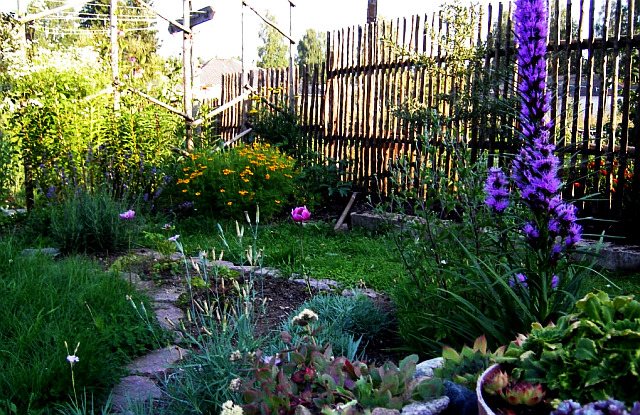

"Deer Tongue" is also an excellent soloist. Plant contrasting varieties in rows or staggered for a wonderful contrast from extraordinary flowers.
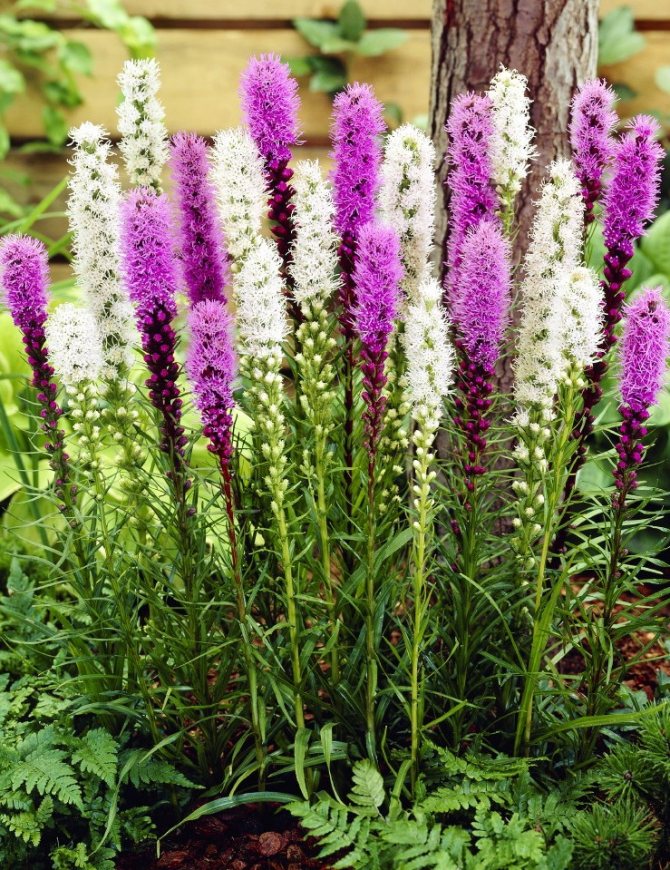

Treat yourself to the scent and appearance of the cut liatrice and be sure to take a photo at the dacha during the period when the handsome liatris is blooming. On winter evenings, it will cheer you up.
Cultivation and reproduction of Liatris
There are several ways to grow Liatris. First of all, it can be propagated by seeds (both seedling and seedling), but many gardeners prefer to practice the method of dividing a bush or propagating by rhizomes.
When planning the cultivation of liatris, it is important not only to choose a suitable breeding method, but also to choose and prepare a site for the culture correctly. We will consider this aspect of plant cultivation in more detail.
When and where to plant
If you already have such a flower on your site, but you want to get several new plants, the easiest way is to use the vegetative propagation method. For this, the division of the bush is practiced, which is carried out in August or September, when the flowering period is over and the plant begins to enter the phase of vegetative dormancy.
By dividing the roots of an adult plant into parts, you will receive high-quality planting material for the cultivation of new bushes.
It is important to choose the right site for the liatris:
- You can plant a culture in well-lit areas, since liatris is not sensitive to direct sunlight, burns or high temperatures;
- The soil should be loose and fertile enough;
- Preference should be given to areas with drained soil, since the root system of a plant, located close to the surface, is sensitive to moisture stagnation.
Planting crops, regardless of the chosen breeding method, are carried out in early spring. But this event must necessarily be preceded by the preparation of the future garden.
Features of soil preparation
As mentioned above, the only important requirement for growing Liatris is a well-drained soil. In areas with heavy and waterlogged soil, there is a high risk of root rot and crop death.
Therefore, the area allotted for the flower must be dug up, freed from weeds and, if necessary, applied with organic and mineral fertilizers. If groundwater is located close to your site, it is advisable to equip drainage grooves around the flower bed to drain excess moisture, and lay a layer of drainage material in the planting holes: broken brick, gravel or expanded clay.
Growing a plant from seeds
It is possible to grow liatris from seeds in both seedling and non-seedling methods. However, if you do not plan to sell seedlings of the crop, you can use the direct seeding method.
Note: Liatris is characterized by high resistance to cold and excellent germination, therefore, the method of winter sowing is suitable for growing from seeds.
You can sow seeds in the selected area both before winter and in early spring, immediately after the snow melts. Before that, it is advisable to place the seeds in a humate solution for 12 hours to stimulate germination. The bed must be dug up in advance and fertilized with mineral dressings (one bucket of humus for each square meter of the area). Further, small grooves are made on the site, no more than one and a half centimeters deep, and seeds are sown in them. Sprinkle a small layer of soil on top of the grooves and water.
It should be borne in mind that with this method of reproduction, full-fledged flowering plants will appear only in the second or third year after sowing. Therefore, if you want to get a flowering plant already this year, you will have to use other growing methods (Figure 4).
Reproduction by dividing the bush
Dividing a bush is a simple, but quite effective way of propagation. To do this, it is enough to separate several shoots with roots from an adult bush. It is important to make sure that each shoot had a strong root collar with several tubers. Only in this case the plant will quickly take root and begin to grow intensively.
Planting young seedlings is carried out in pre-prepared holes, located at a distance of 40 cm from each other. If necessary, the bushes can be placed even denser, at a distance of 25 cm from each other, but this condition is relevant only for varieties with small shoots.


Figure 3. Methods of culture propagation: seeds, dividing the bush and rhizomes
The roots of the plant are buried into the hole by 10-15 cm, and the hole itself is filled with humus by a third, and the remaining space is filled with ordinary soil. On top of the planting, it is advisable to mulch with humus so that the plants receive a sufficient amount of nutrients and do not experience a lack of moisture.
Growing a culture from rhizome
If your site already has an adult shrub over three years old, you can propagate it with tubers on the roots. The size of each tuber should be at least 2 cm. Only such planting material allows you to get a healthy and productive plant.
Planting tubers from rhizomes is carried out in the same way as when using the method of dividing the bush. The tubers are placed in pre-prepared holes, sprinkled with humus by a third and the hole is filled with soil. In this case, it is important to correctly position the tuber in the hole: a small notch should be on top, since it is from it that young shoots will appear in the future.
Acquaintance with the liatris plant
Legend. This is what the legend says. Wanting to cure his beloved, the young doctor was ready to give his life. But the gods did not accept such a sacrifice, and only Apollo, the patron saint of healers and the art of healing, and at the same time the god of beauty, decided to help the young man. He turned it into a flower that was admirable for its very appearance. But, as it turned out, flowers, leaves, and even the roots of liatris are healing.They were used to make medicines for various diseases.
The area of distribution of the flower. The area where liatris is found in the wild is North America, Mexico, the Bahamas. Liatris is from the noble and oldest Aster family. Moreover, there are about 20 species of this plant. All of them differ, both in the structure of the leaves, the stem, and the color of the flowers. For example, there are white, lavender, red, purple and pink liatris.
Other names. We got the flower with a legacy. He brought with him not only his history, unusual appearance, but also different names. In his homeland he was called "merry feathers", "deer tongue". In our area, this handsome man among the people has a name worthy of him: "Burning Star". Indeed, the inflorescence consists of small stars that light up everything around with their petal rays.
Fluffy inflorescences of Liatris bloom for a long time. And when all (or almost all) flowers open, then from a thin candle it turns into a flower brush.
But the most striking thing about it is the aroma. It smells so subtle of vanilla and a little bit, quite a bit, of hay. But that's not all. Those who appreciated the flower for its beauty will have to recognize it from another side. It turns out that liatris is a medicinal plant. And you can take advantage of this. A little more detail is said in the video at the end of the article.
Features of care for liatrix
Liatris belongs to unpretentious garden crops, therefore, caring for him cannot be called difficult. For example, you need to water the plant only as needed, but it is advisable to regularly free the garden from weeds.
A feature of caring for this crop is the need for hilling bushes. Loosening is not suitable for the plant due to the superficial location of the roots, which can be easily damaged. In addition, tall varieties require supports to which flower stalks are tied.
During the growing season, three additional dressings are carried out. The first is carried out in early spring, using nitrogen fertilizers for this purpose to stimulate growth. In the summer, when the flowering period begins, potassium-phosphorus fertilizing is applied and the procedure is repeated at the end of flowering.
An additional care measure is the pruning of wilted peduncles, which not only reduce the decorative effect of the plant, but also take away the strength necessary to build up green mass and prepare for winter.
Beautiful leaves, bright flowers
This plant was brought to Europe for a reason. It is beautiful, has an exquisite, delicate aroma, and is medicinal. Two Greek roots were woven into one word - "ugly" from "laios", "doctor" from "iatros". And all in order to characterize its properties.
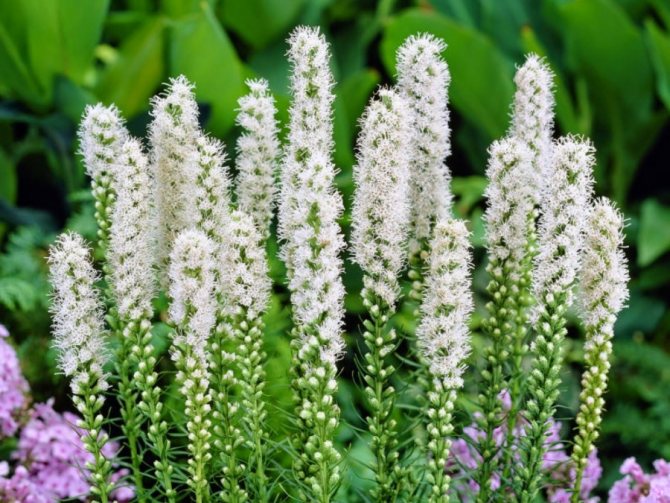

What is special about it? On a personal plot, flower garden, flower bed, it will look great. A glance at the photo is enough to understand this. Photos of Liatrice fascinate, attract attention. But he has enough competitors, it is worth understanding its features.
The first is flowers. They are in the shape of an arrow, a dart. The flower bed is covered with these fluffy, multi-colored "needles" in July. They wither in August. Hundreds of small flowers bloom, collected in one inflorescence, in turn: from top to bottom. It is a beautiful sight.
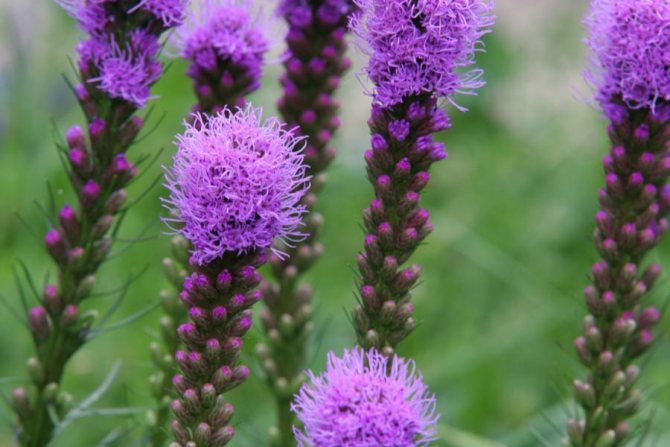

The foliage, by the way, is also interesting, expressive, evokes pleasant associations. It is fluffy and looks great against the background of the soil. You want to step on this green island.
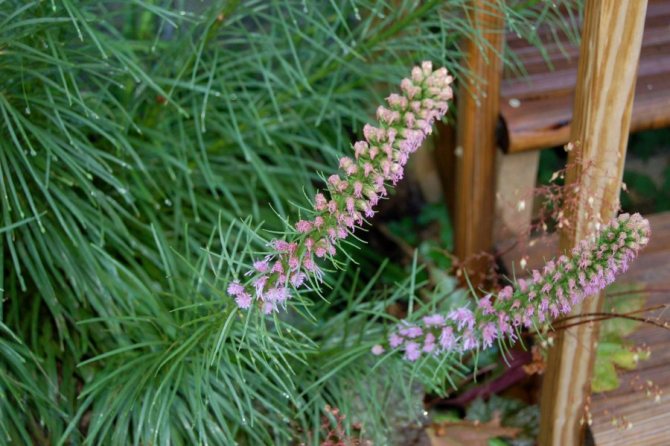

An oasis of greenery beckons, creates a beautiful illusion. You can plant liatris near a decorative pond, an inflatable pool, or next to a watering tank, storing water supply, if the plants are grown in the country. It is also appropriate to place liatris bushes around the perimeter of the house, near the fence, arbor.
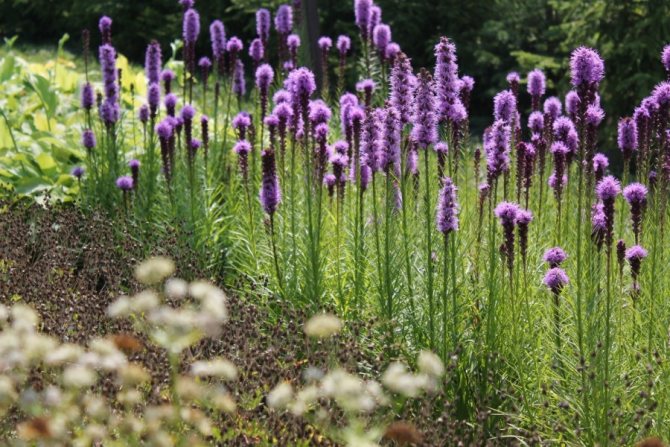

If you place a natural stone, a hummock or mulch the soil with pebbles between them, you get a spectacular composition, a luxurious rock garden, rockery.
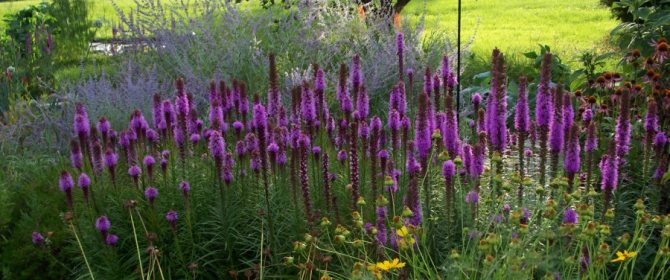

You can surround the shop with lyatrix. In some ways it looks like reeds. Inspired by its beauty, starting to create a flower bed, you can get carried away. Intuition will awaken. Creativity is not limited by anything.
Liatris is one hundred percent suitable for landscape design. A luxurious palette, colors close to neon are combined with other plants, flowers, and bring variety. Lighting devices on the site are appropriate. In the evening, at dusk and under artificial lighting, it is as beautiful as during the day.
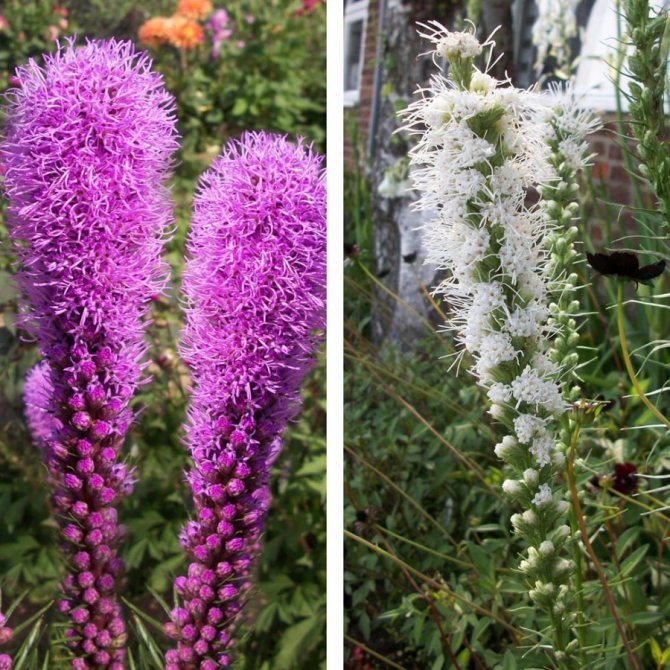

Safe wintering of the plant
Liatris is resistant to cold weather, but some preparation of the flower bed for winter is still worthwhile.
Note: If you live in a southern region with warm winters, special preparation of the plant for the cold is not required, since the culture will survive the winter well without shelter.
In temperate and harsh climates, it is necessary to provide the culture with optimal conditions for wintering. When the leaves turn yellow and begin to fall off, the aerial part is completely removed, and the bed is mulched with peat, compost or dry leaves. The height of the layer should reach 15 cm. It is impossible to use straw as a mulching material, since in winter rodents can settle in it, which are ways to damage the root system of the culture.
Many benefits in this flower
Liatris flowers have a pleasant vanilla aroma. Once someone brought the bouquet into the house, and it turned out that this plant scares away moths. Liatris will take care of the mood and the family budget. What else does?
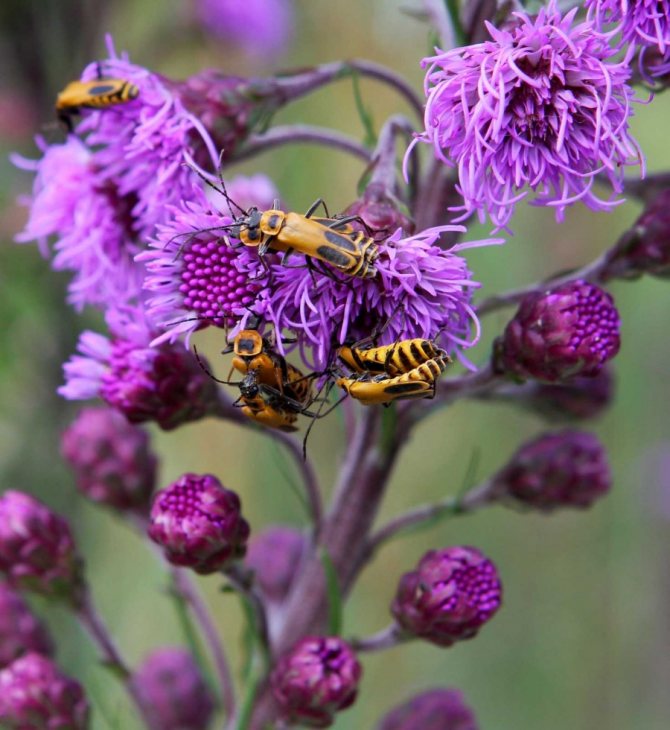

Cosmetic companies use this flower - coumarin, essential oils are obtained from it, and perfumes are made. It is applied with a snakebite to the wound, and it stops the action of the poison.
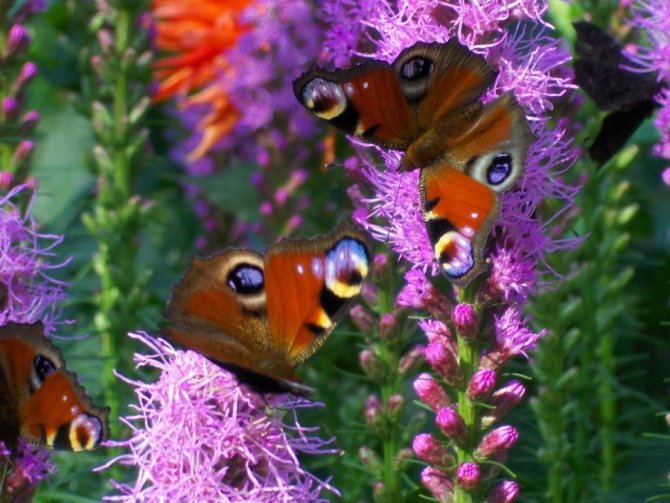

In liatrix, its various parts contain substances that have an astringent, antiseptic effect. Decoctions from it are a well-known remedy for angina. Compresses promote wound healing. Tea is useful for urolithiasis. It eliminates spasms. It is a good diuretic. Liatris also affects blood clotting, the rate of blood clots.
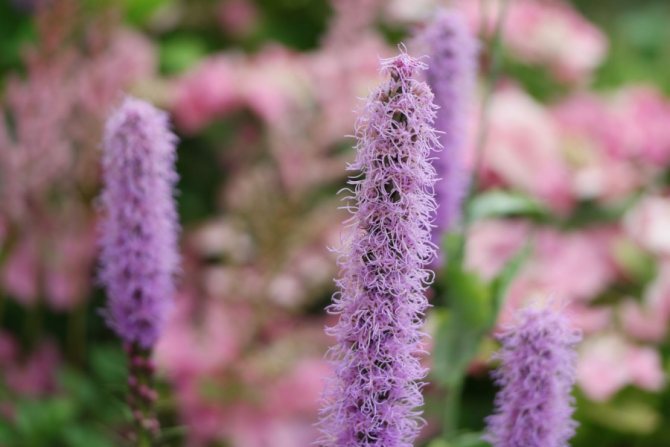

This plant is used in arts and crafts. This is a great material for creating paintings. It is used in floristry. There are many spheres of application, in a word. At the same time, aesthetic pleasure from contemplation is enough.
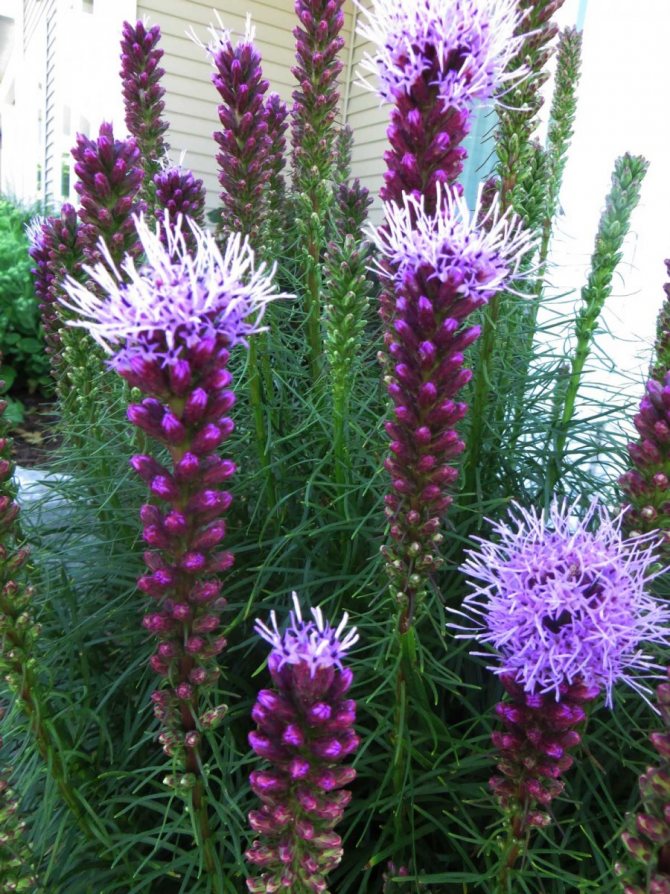

But it is advisable to cut the wilting flowers, because the liatris has a well-developed ability to survive, and the connection with wild-growing varieties has been preserved. He seeks to dominate. The seeds disperse easily, are frost-resistant, and germinate well.
Pests and diseases
Liatris is not only unpretentious, but also resistant to disease. The only harm to the plant can be caused by slugs and bears, but they can be easily eliminated with the help of baits.
Of the diseases, it is susceptible only to root rot, which can appear with excessive watering or planting in swampy areas. In this case, you need to remove all rotten aerial parts, and treat the plant itself with a fungicide solution. However, if the symptoms of rot reappear, you need to transplant the plant to another, less humid area.
You will find more information about planting and growing Liatris in the video.
Choosing a landing site on the site
To successfully grow a flower, it is important to choose the right planting site for it. It must meet all the requirements of the plant.
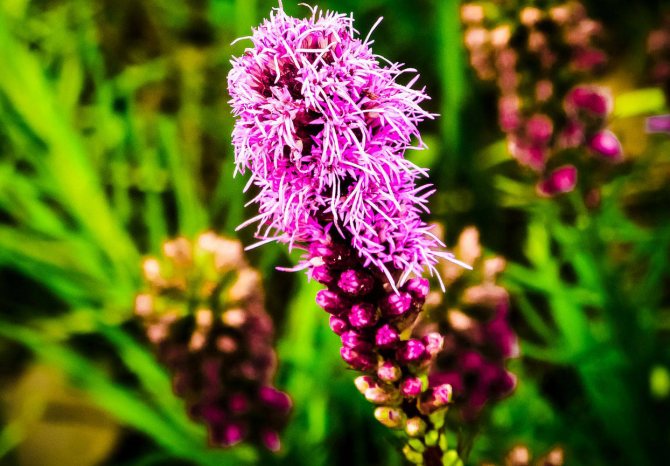

Thus, it is better to choose a well-lit place for planting liatris.
Long-term predominance of shade has a negative effect on the plant.
Liatris begins to develop more slowly, and also the inflorescences become smaller, the flowering is short.
Ultimately, this can even cause the death of a perennial.
In the selected area, the soil must be well-drained. It is strongly not recommended to plant a plant with a close location of groundwater.
Heavy and clayey soils are also not desirable. Liatris does not tolerate stagnant water. A dry period will be ideal for him.
The flower begins to grow, bloom with bright colors.
Planting Liatrice tubers in spring
To what depth should liatris be planted?
- After purchase or dividing, tubers are planted to a depth of 5-10 cm, observing a distance between plants of 15-20 cm.
- Be sure to water and mulch the trunk circle.
- You can sprinkle a little humus in the holes or rows to provide plants with useful substances for several seasons and not to worry about feeding.
How to plant Liatris tubers, we look at the video:
Preparing for landing
In order for liatris to please with flowering, it is worth adhering to several rules when choosing a place for a flower bed where it will grow:
- For disembarkation, an open, well-lit area is chosen. In partial shade, liatris develops poorly, stops blooming.
- The soil is required loose, well-drained, since dampness leads to rotting of the roots.
- On heavy, clayey soils, unsuitable conditions for the growth and flowering of bushes.
- It is necessary to check the level of occurrence of groundwater, excess moisture will destroy the plant.
- It is preferable to take dry soil under the liatris - it is easier for the bushes to cope with drought.
Important! It is recommended to plant liatris in early spring, as soon as the snow melts. If the choice fell on the fall, you need to have time to do it a month before the appearance of a stable snow cover in your region.
Irrigation scheme
The plant is prone to drier climates. Therefore, it will more easily tolerate a small short-term drought than excessive waterlogging of the soil.
Too wet soil negatively affects the plant, and its root system begins to rot. Therefore, to avoid this, it is worth taking care of a sufficiently thick drainage layer.
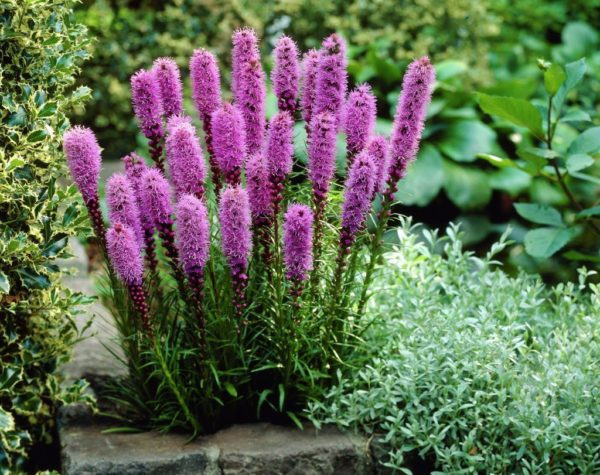

The flower should be watered with a little water, but this should be done often. This will be better than rarely watering, but immediately pouring a lot of water under one bush.
So, if the plant has already formed, then under one fairly tall bush in dry weather, when the soil dries, you can add up to 10 liters of water under one plant.
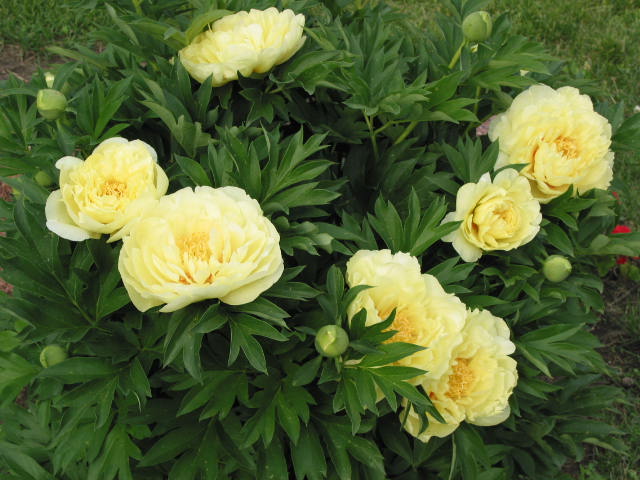

You may be interested in:
Planting and caring for a tree peony in the open field It seems that no one needs to be told how beautiful and fragrant a peony is. Many summer residents ... Read more ...
Reproduction method using shoots
In the case of propagation by shoots, it is necessary to take exactly the basal shoots. It is this method that will ensure a fairly quick receipt of a healthy, full-fledged bush.
In order to carry out this method of planting a liatris, it is necessary to observe the following sequence of actions:


- carefully separate the process from the mother plant;
- it must be carefully selected so that it has its own, well-developed root system;
- a hole about 20-25 cm deep is dug under each process;
- further, humus must be placed on the bottom of the hole, filling the hole approximately 20-25% of the full depth;
- then place the seedling in the hole so that it is deepened by 10-15 cm.
Fact!
If there is a need to periodically cut off the seedlings and plant new plants, then it is worth considering that you should not regularly pluck cuttings from one mother bush - this will cause the plant to die. Cuttings can be separated once every 2-4 years, without causing much harm to the mother plant.
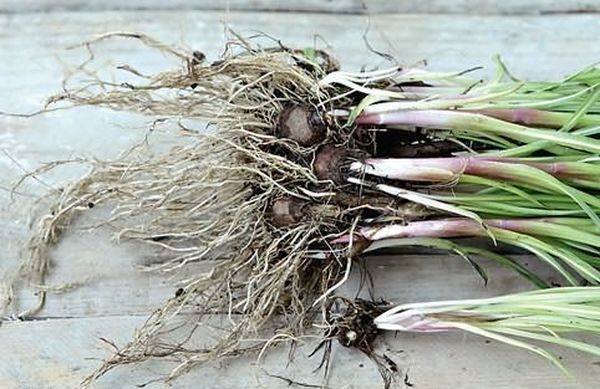

Useful properties of the plant
Liatris is not only a beautifully flowering plant, but also a useful plant. Absolutely all parts of the plant (roots, flowers, leaves) can be used for medicinal purposes. The broth is taken to provide astringent, diuretic and antibacterial effects. A syrup made from liatris is recommended for kidney disease.Liatris baths have a tonic and antiseptic effect, relieve itching. Lotions are made to heal wounds. Infusion gargle for diseases of the upper respiratory tract.
Liatris is also used in perfumery.
Sowing plants in the ground
Due to the fact that the flower is quite unpretentious, both in care and when planting, it can be grown without effort by planting seeds directly in the ground.
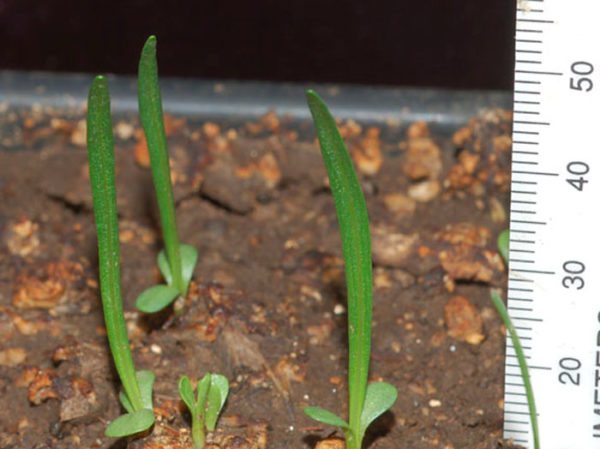

Naturally, sowing should be done taking into account the region. But the main period for planting falls in mid-spring, in some cases it is planted in September-October.
When planting liatris with seeds, the following points should be taken into account:
- in order to provide a sufficient nutrient composition of the soil, it is necessary to dig up the earth with the introduction of humus;
- planting is carried out by simple scattering of seeds on the ground, with further sprinkle with a layer of earth, maximum 2 cm thick;
- you can also use a rake to shrink the seeds, walking them carefully over the scattered seeds;
- then by spraying the soil should be sufficiently moistened.
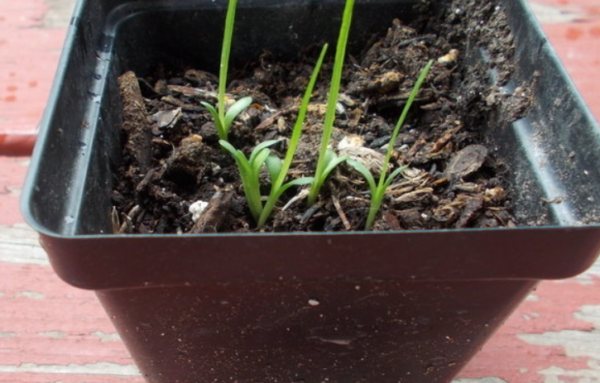

If liatris is planted in the open field with the help of seeds, then you can quickly and without hassle get a beautiful garden decoration if you take care of the plant.
Sowing a plant using seedlings
For those who are impatient to get beautiful liatris greens on their lawn as soon as possible, we recommend planting and nursing outdoors, and this method is suitable, for example, for growing in Siberia.
Here, the spring period comes much later than in the middle lane, so it is the seedling method that will speed up the process of growing the plant.
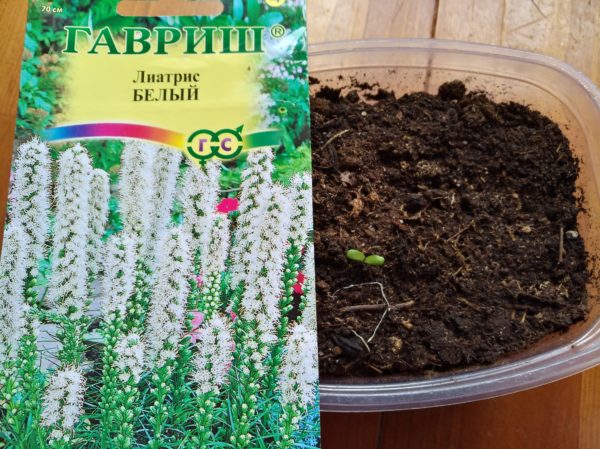

This requires:
- plant seeds in separate pots in late February and early March;
- planting the seed to a depth of not more than 1 cm;
- moisten the soil well with a spray bottle or sprinkler.
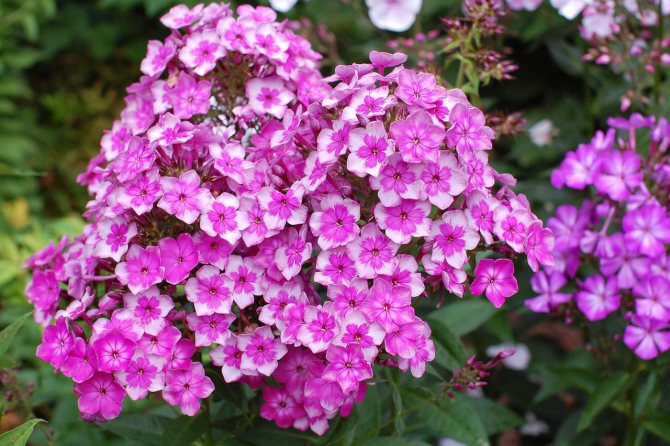

You may be interested in:
Phlox in the open field: planting and care Phlox are lovely flowers to look at. They are easy enough to grow outdoors, but to ... Read more ...
Further, in order for the plants to germinate quickly, it is necessary to provide the appropriate suitable conditions. This requires a fairly bright room and moderate watering of the soil as the earthen coma dries.
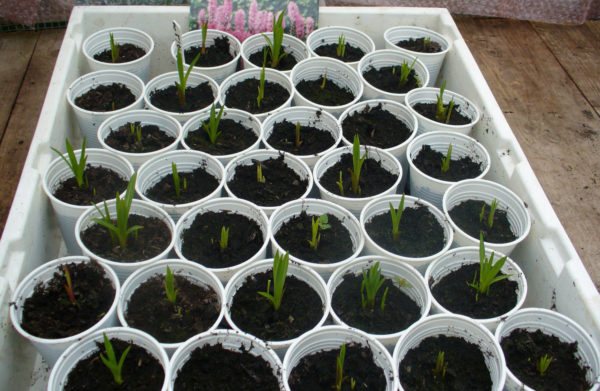

As soon as the seedlings become stronger, they must be hardened. In order to do this, they are taken out into the open air during the daytime. This should be done under appropriate weather conditions.
In the month of May, when the weather becomes more or less settled, the plant is transplanted into open ground. To do this, it must be transshipped so as not to violate the integrity of the root system.
Interesting!
The distance between adjacent bushes should be from 15 to 20 cm.
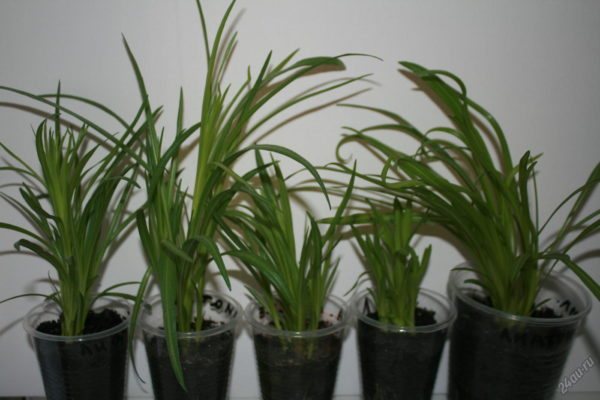

What can harm this plant?
If we talk about pests, then, most likely, the bush can be damaged by such pests as a bear, a snail, a slug.
If we talk about diseases, then the flower is most susceptible to gray or brown rot. In order to avoid such an unpleasant ailment, it is necessary to use antifungal agents or folk recipes using a mustard solution or iodine solution.
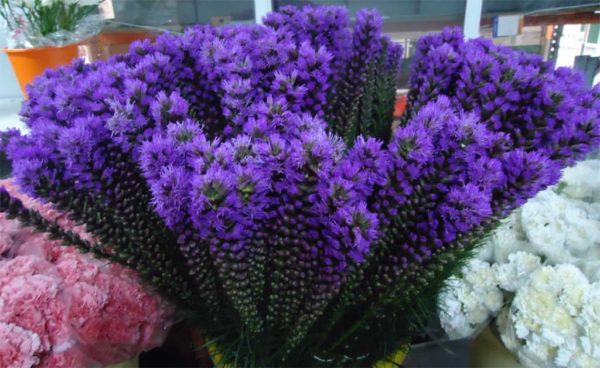

If you provide this unpretentious plant with the minimum suitable care, then it will delight its owners with magnificent double flowers rushing up to the sky.
Using
Landscape designers use liatris to decorate mixborder, alpine slide, rockery and mixed flower garden. The plant perfectly complements the composition with luscious dense greenery and unusually beautiful inflorescences. It is customary to plant them closer to resting places or windows in order to enjoy the amazing aroma. Ferns, hydrangeas, decorative onions, cereals, roses, geraniums and stonecrops will become partners for Liatrice in the flower garden.
The inflorescences can be dried and used to make flower arrangements. They are also used to repel moths and other harmful insects in the house.
A decoction of Liatris leaves has a tonic, diuretic, healing and bactericidal effect. It is taken orally, and also used to wash problem skin.

